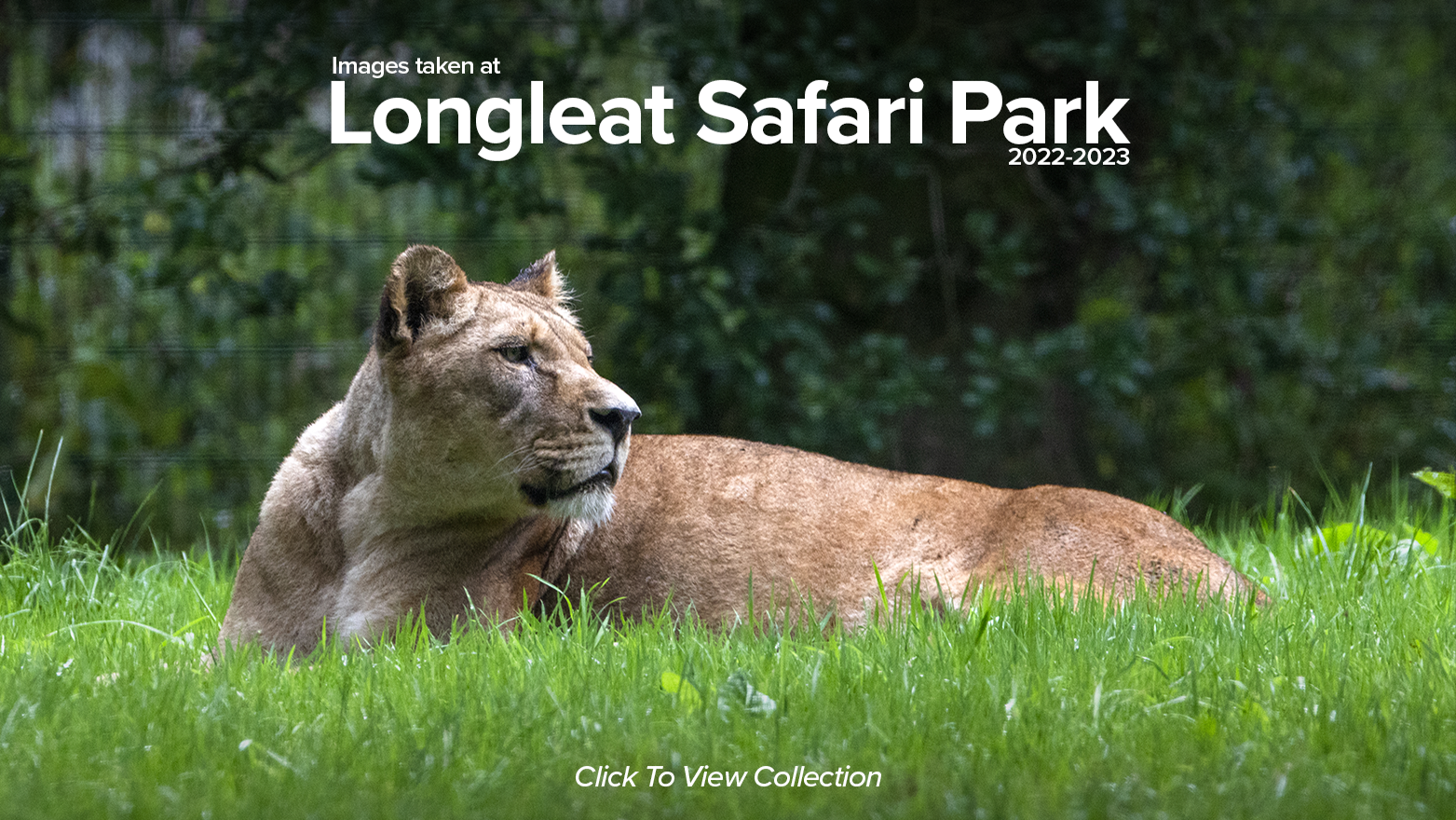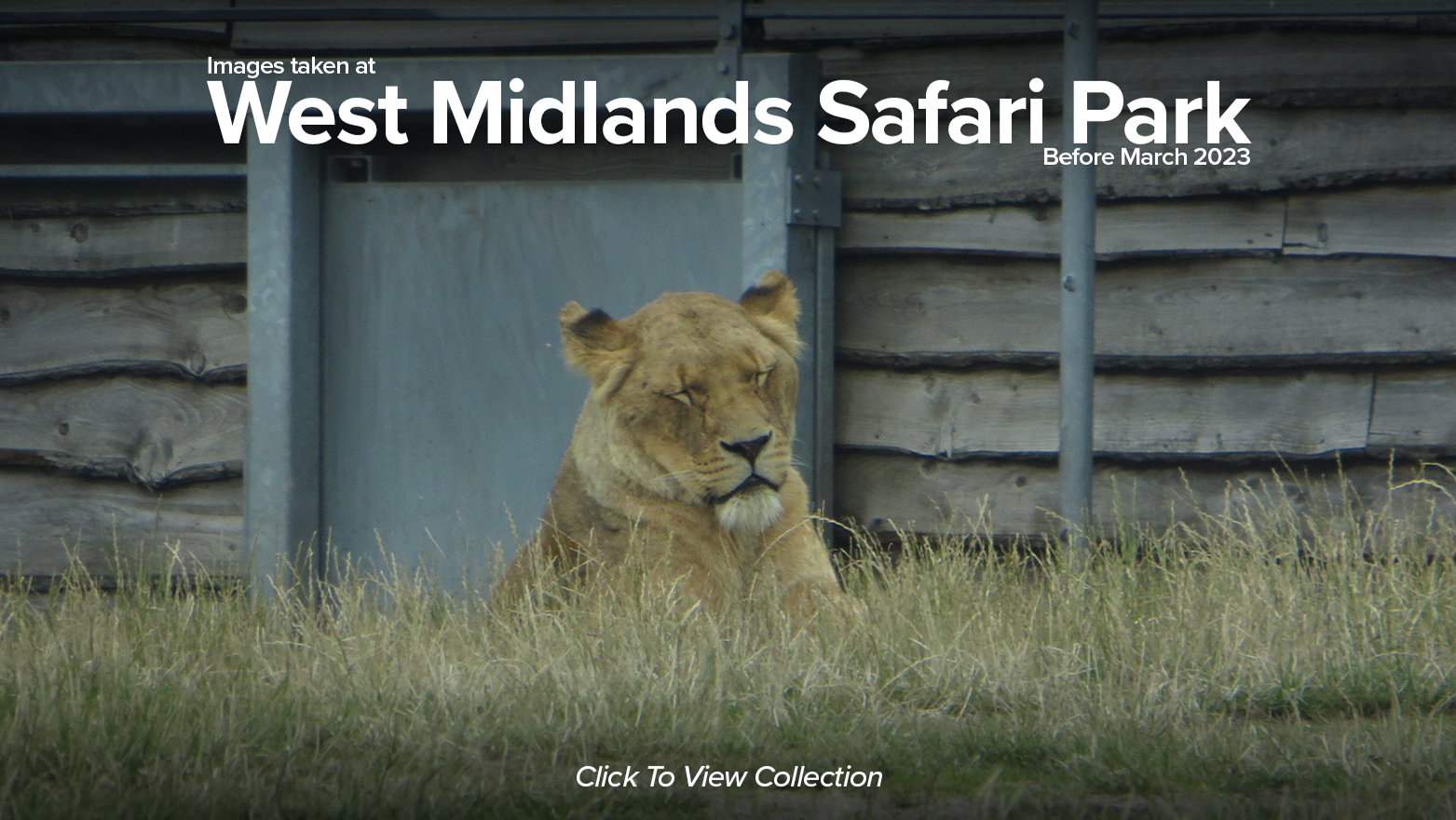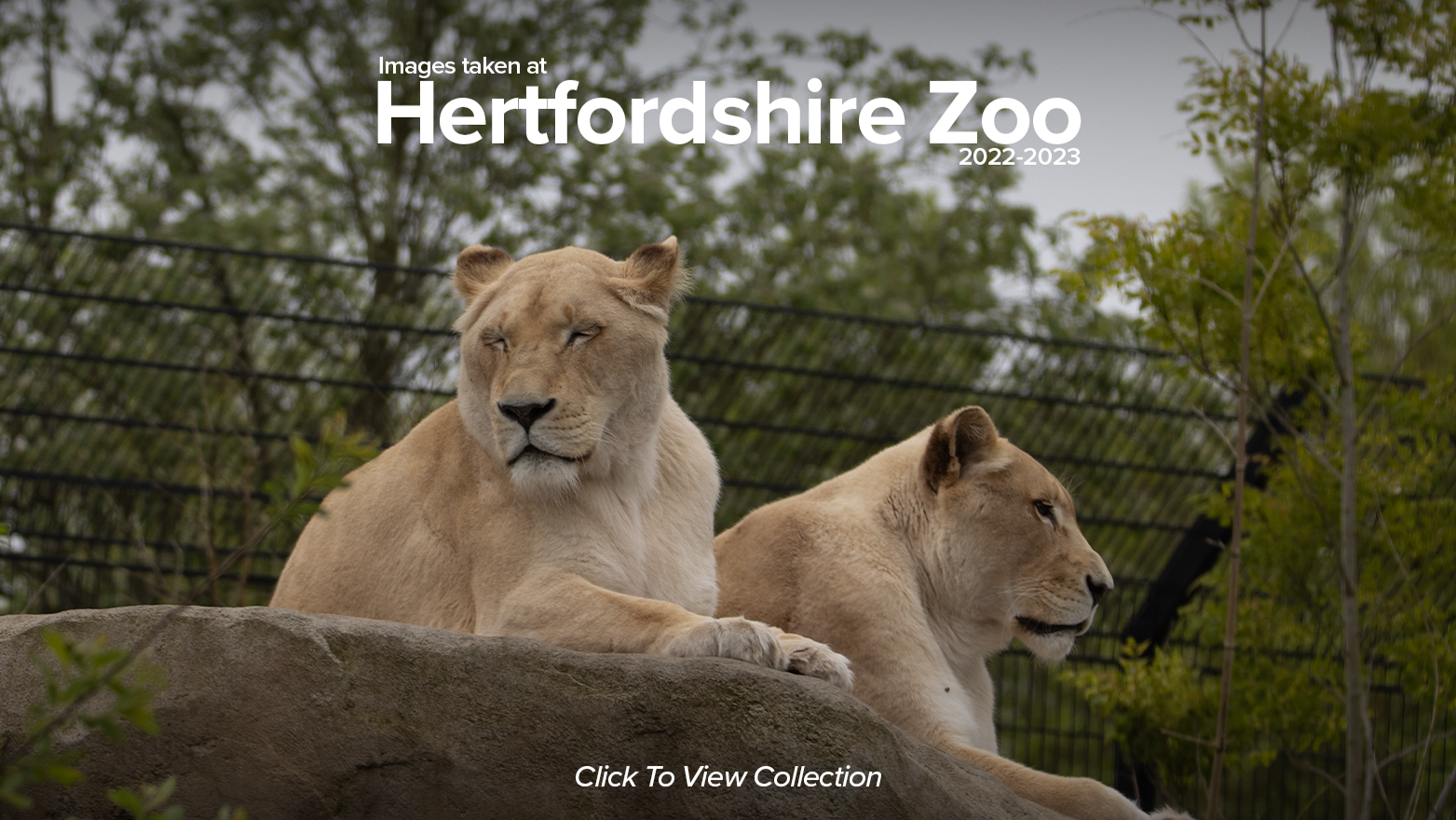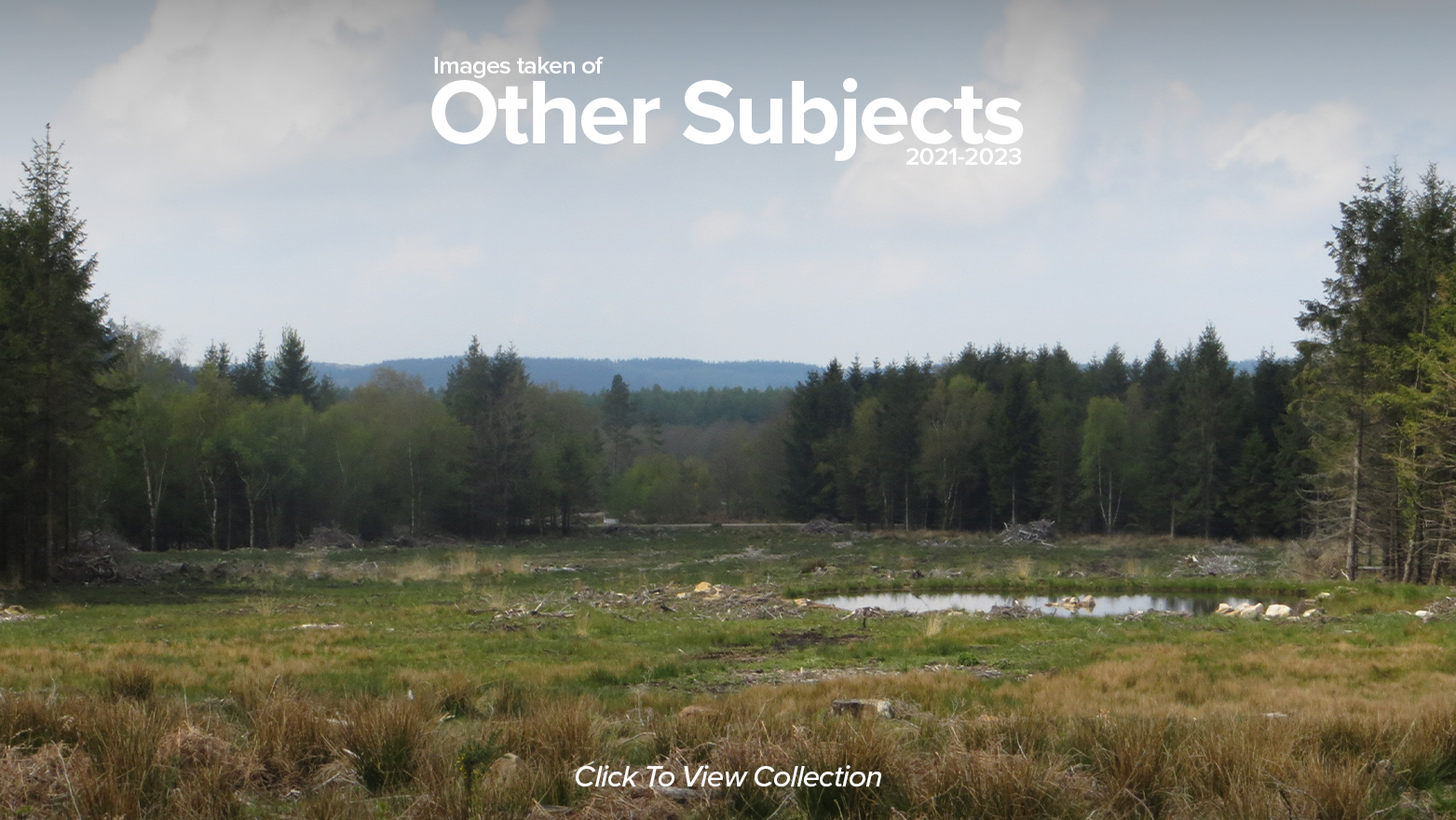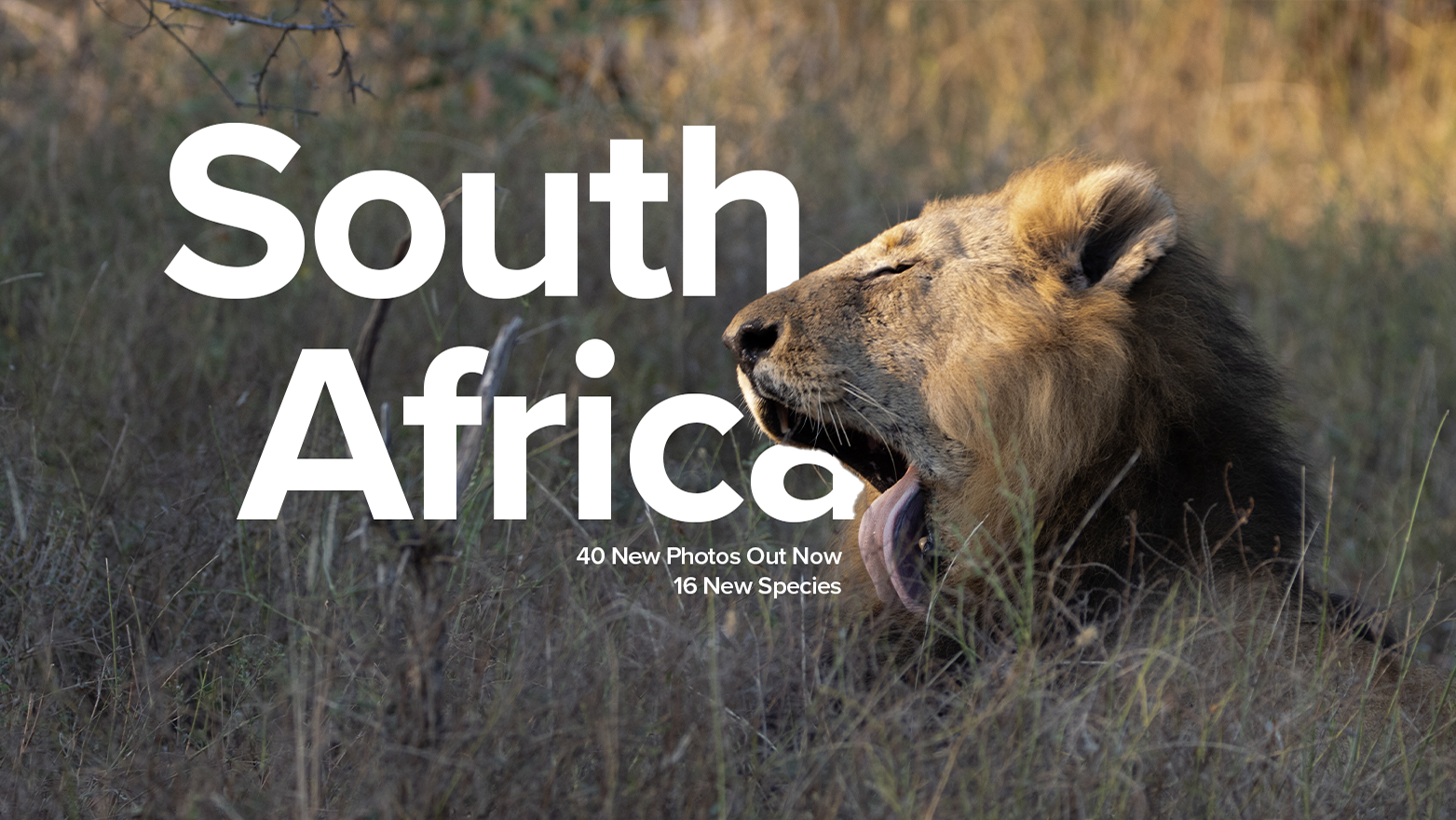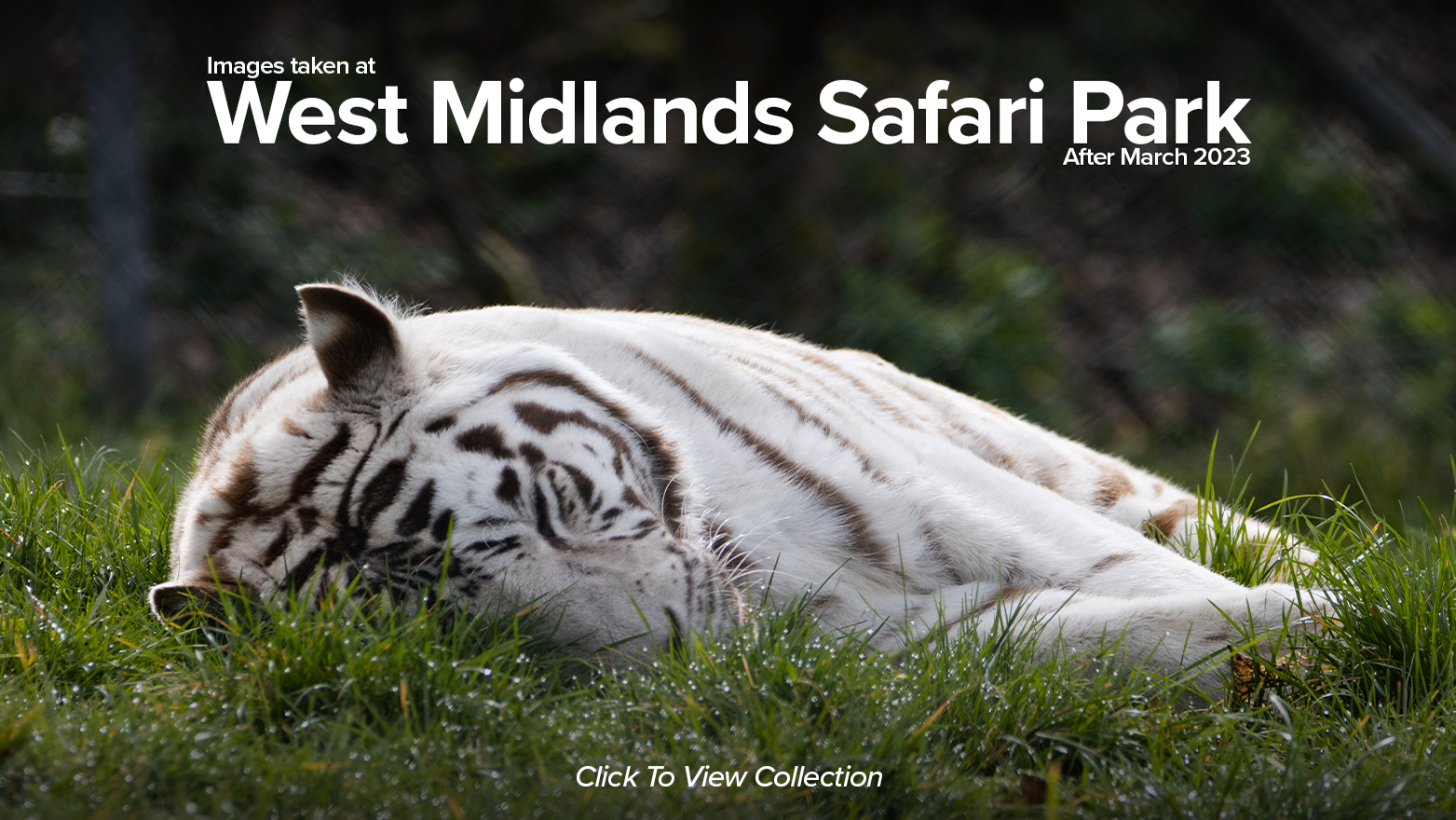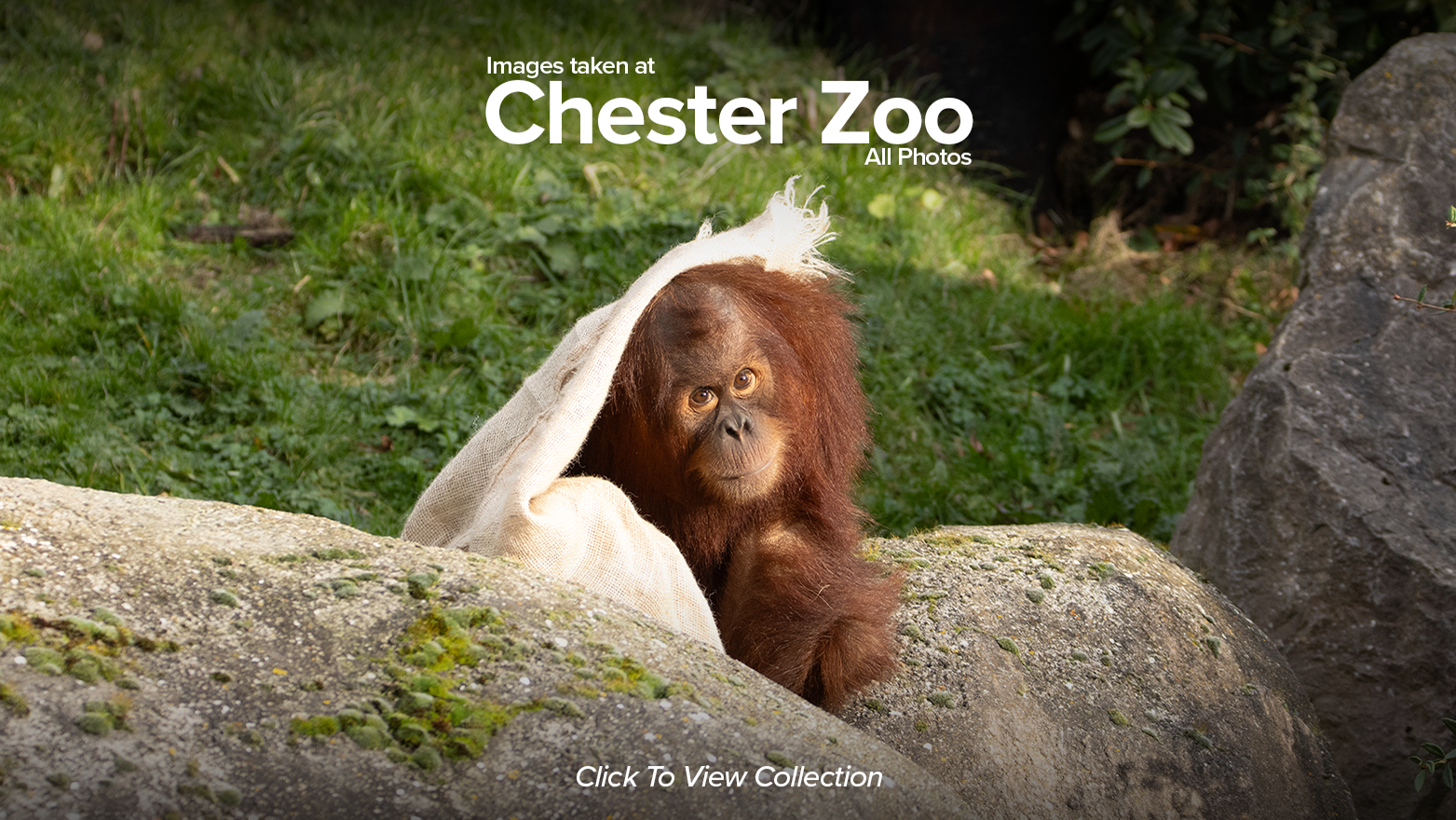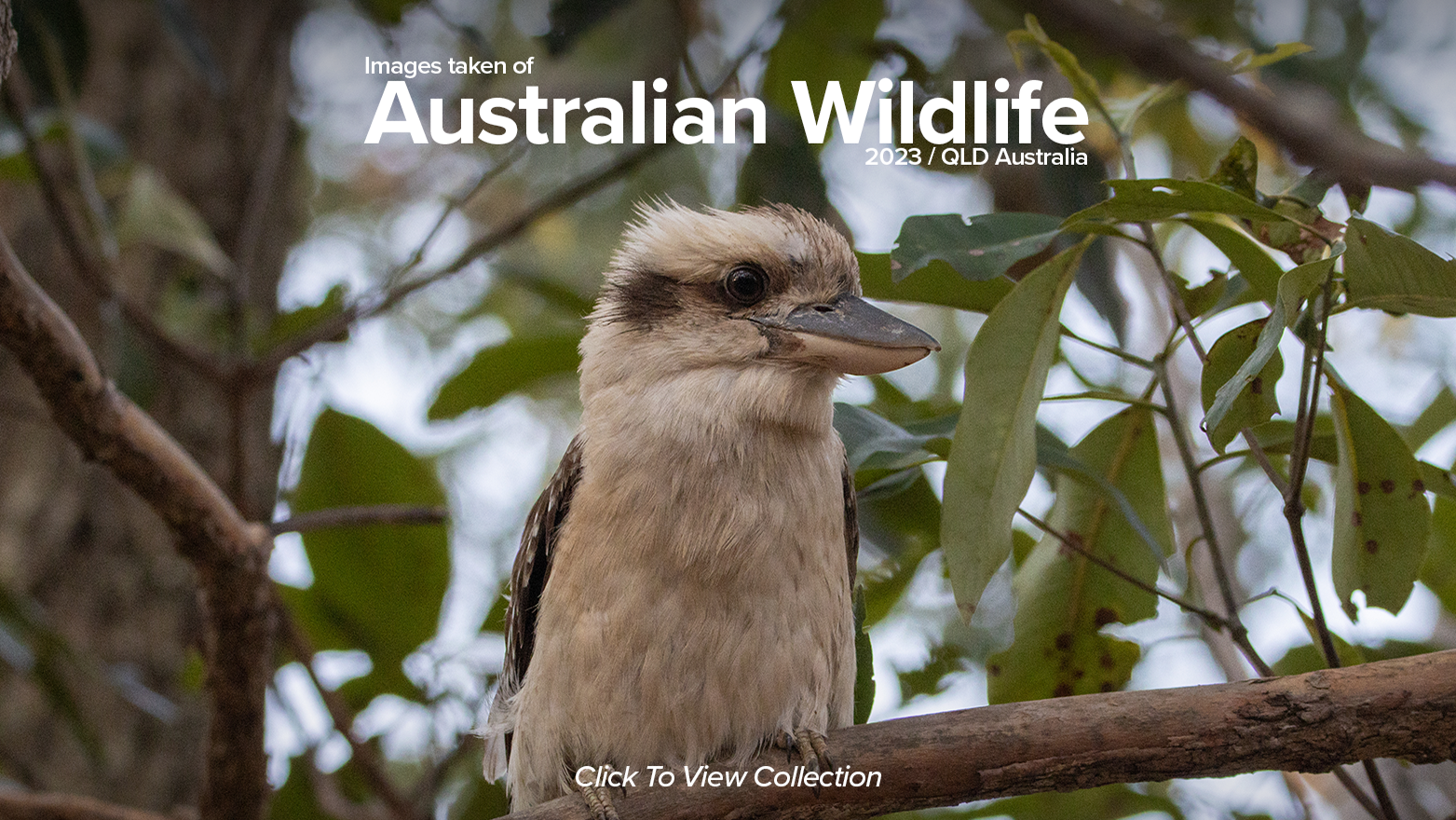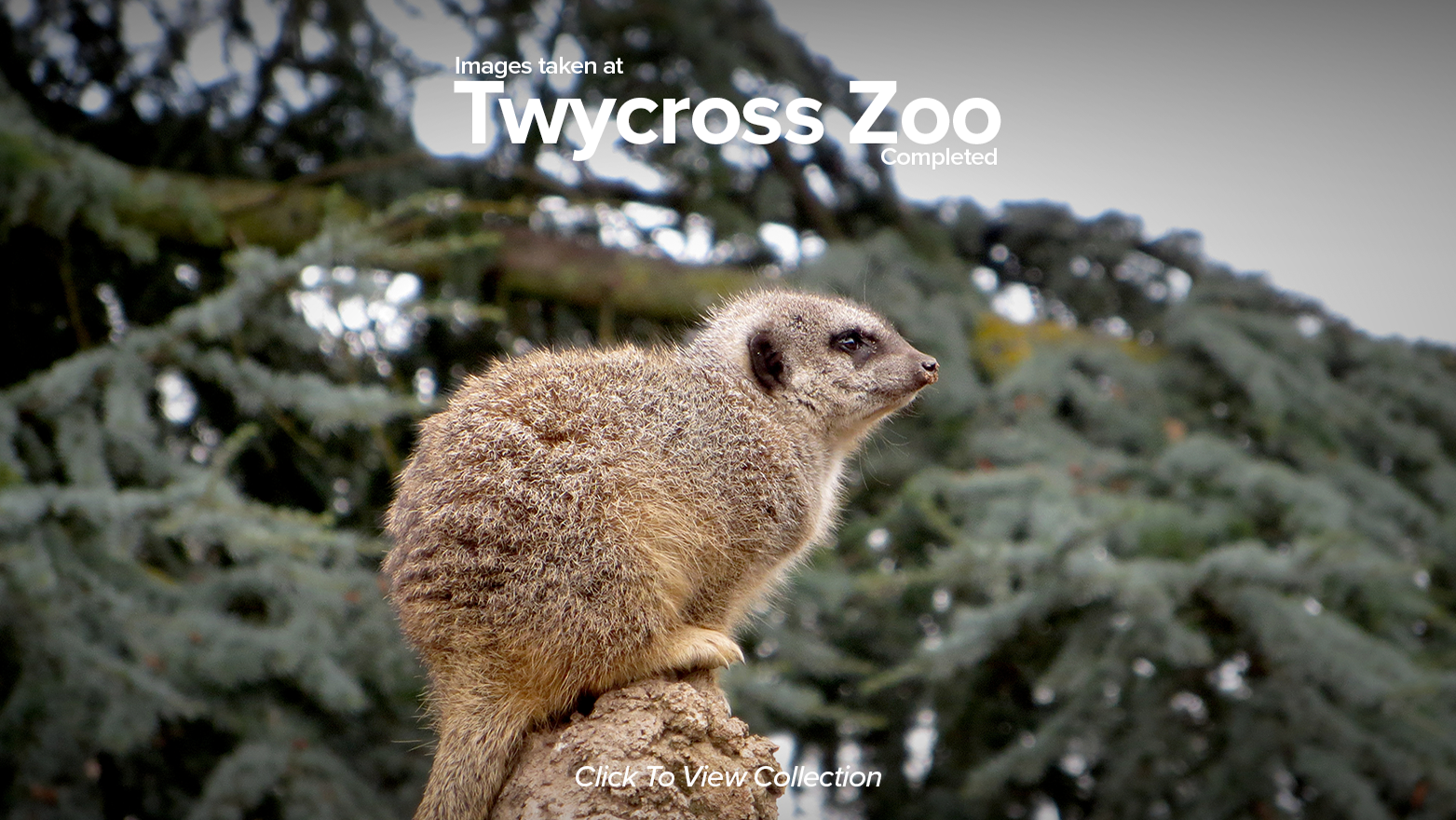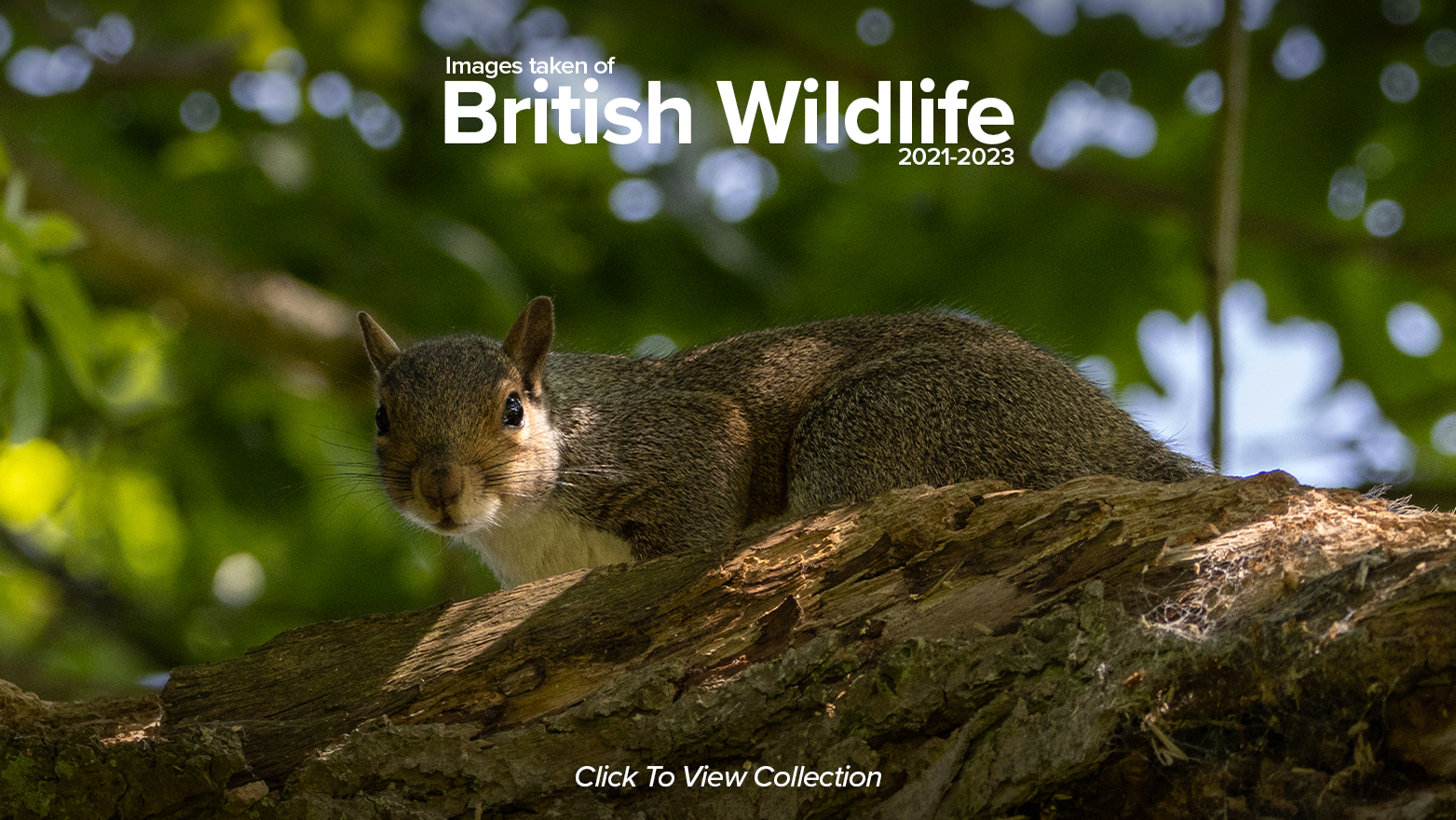Dingo | Canis lupus dingo
This species is well known for their intelligence and adaptability, playing a crucial role in the balance of their ecosystems. They are Australia's largest land predator, having taken the title from the now extinct Thylacine. Due to this placement on the food chain and well-adapted hunting skills, a 3000 mile+ fence was constructed across the states of Queensland and South Australia, primarily to prevent attacks on sheep.
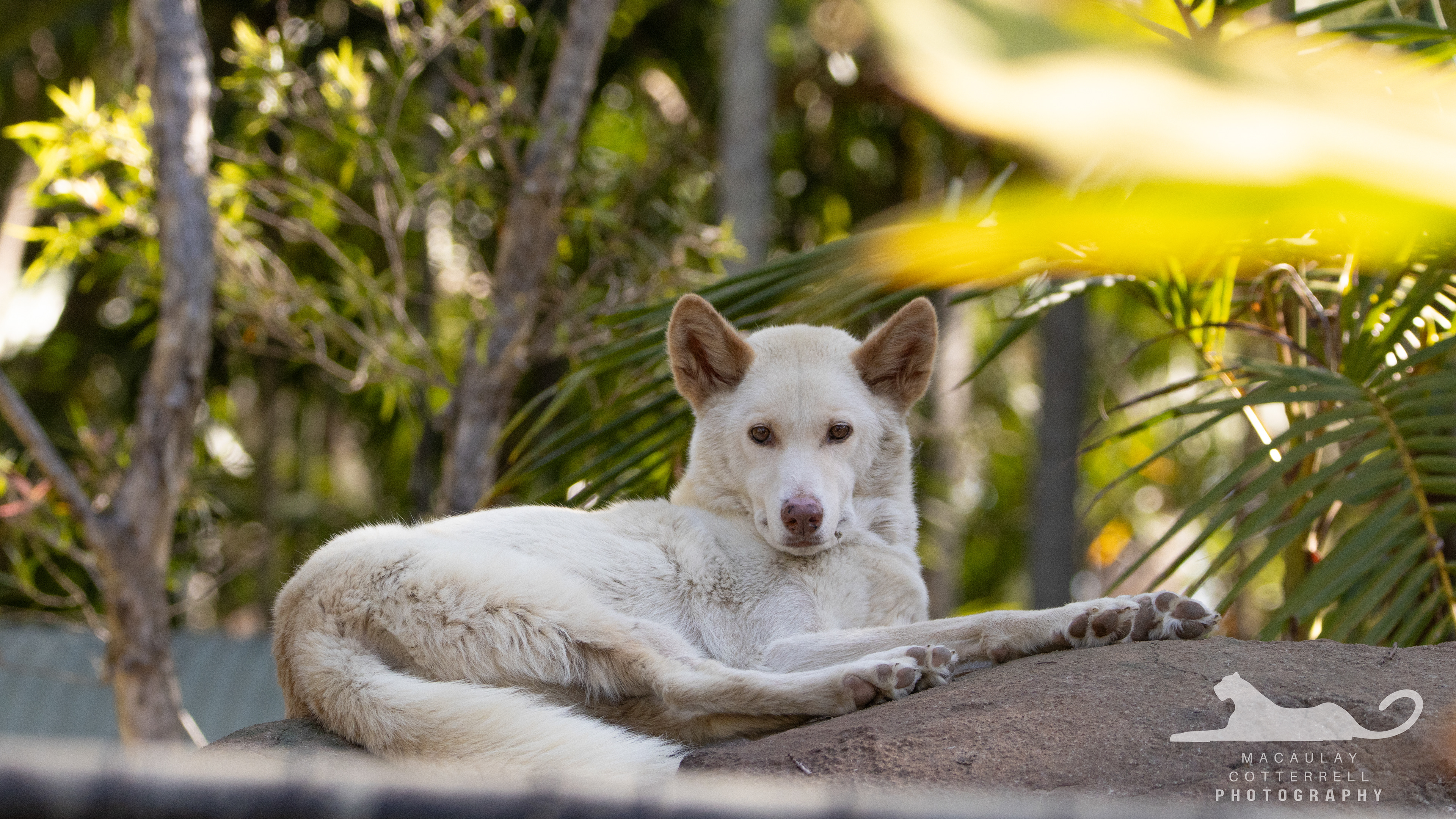
AZ2401
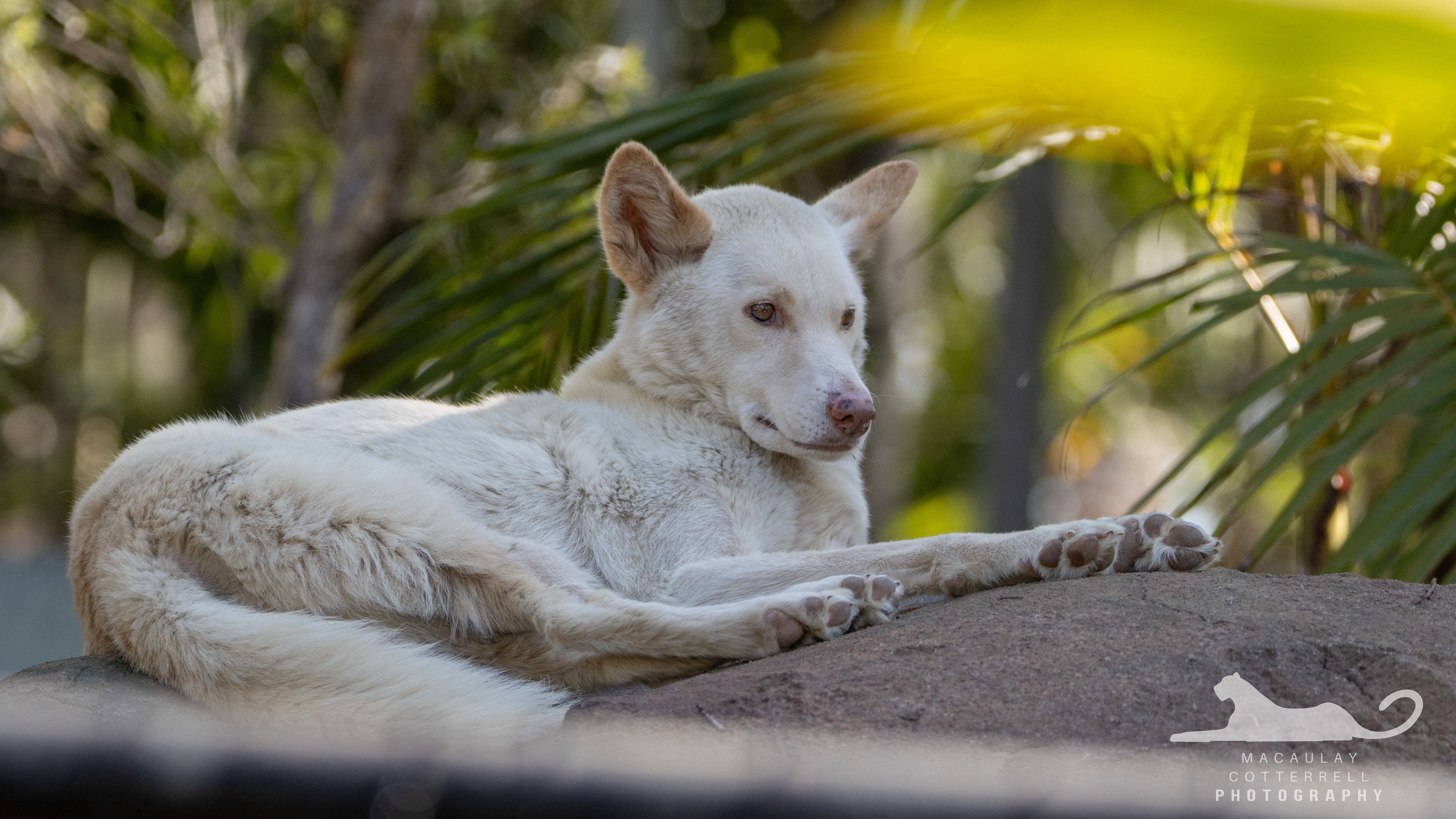
AZ2407
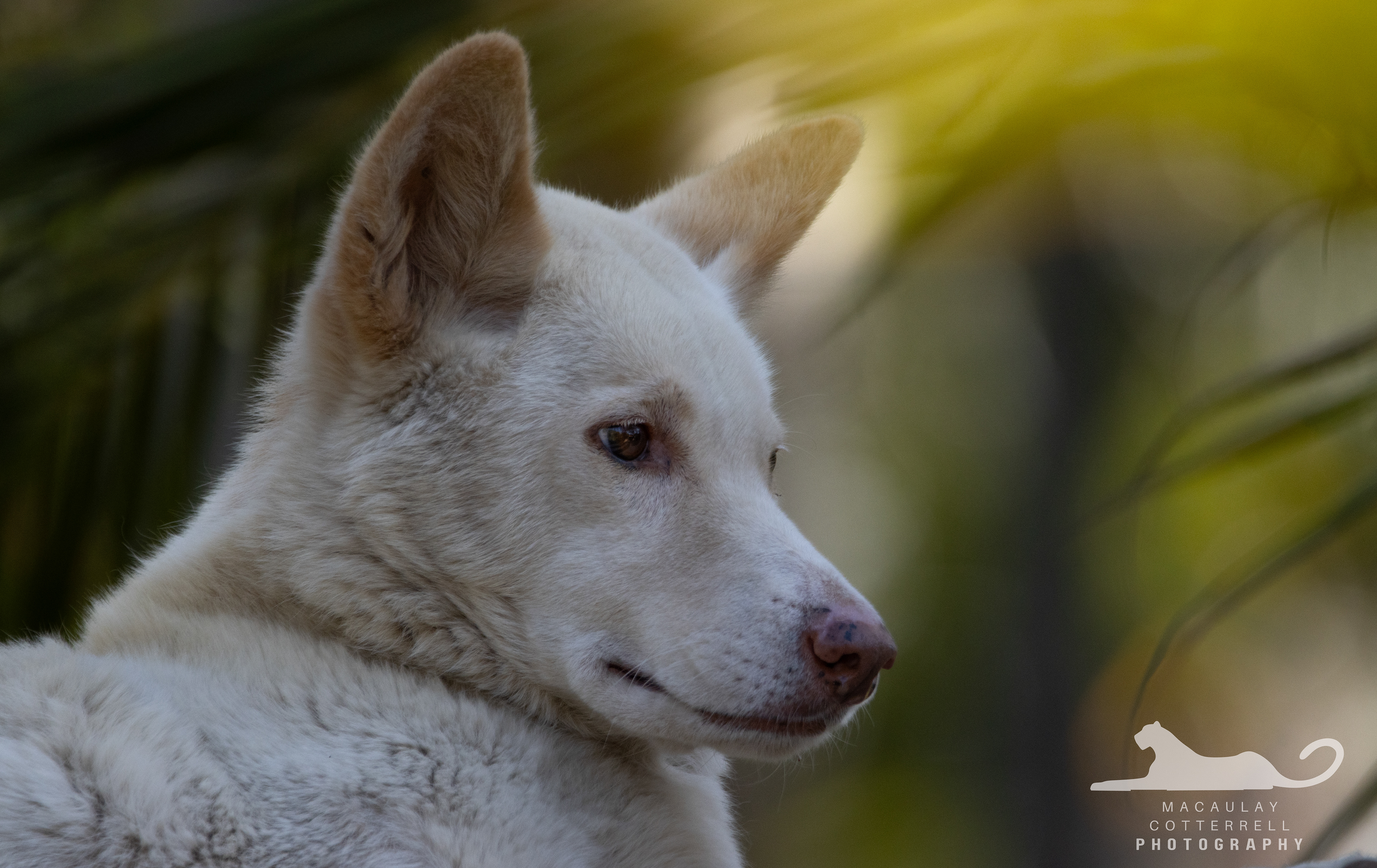
AZ2408
Meerkat | Suricata suricatta
The Meerkat is a species endemic to Southern Africa, sharing their habitat with various predators such as snakes, jackals and eagles. Due to the wide diversity of predators, they have developed a variety of behaviours such as digging burrows, and the designation of a Sentry individual, who observes the environment and alerts to mob to potential predators. Individuals will then retreat to their burrows until the danger has left.
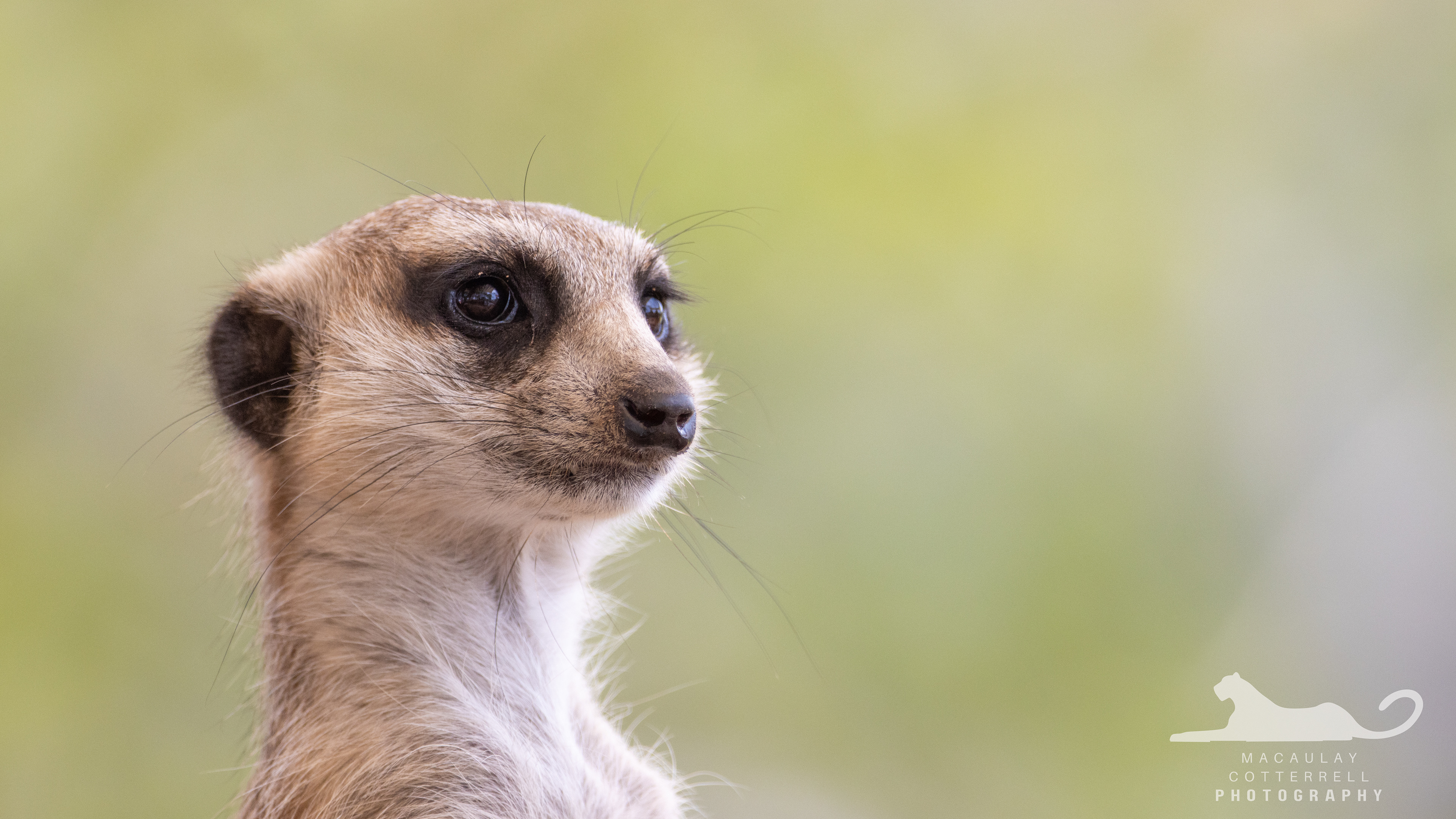
AZ2402
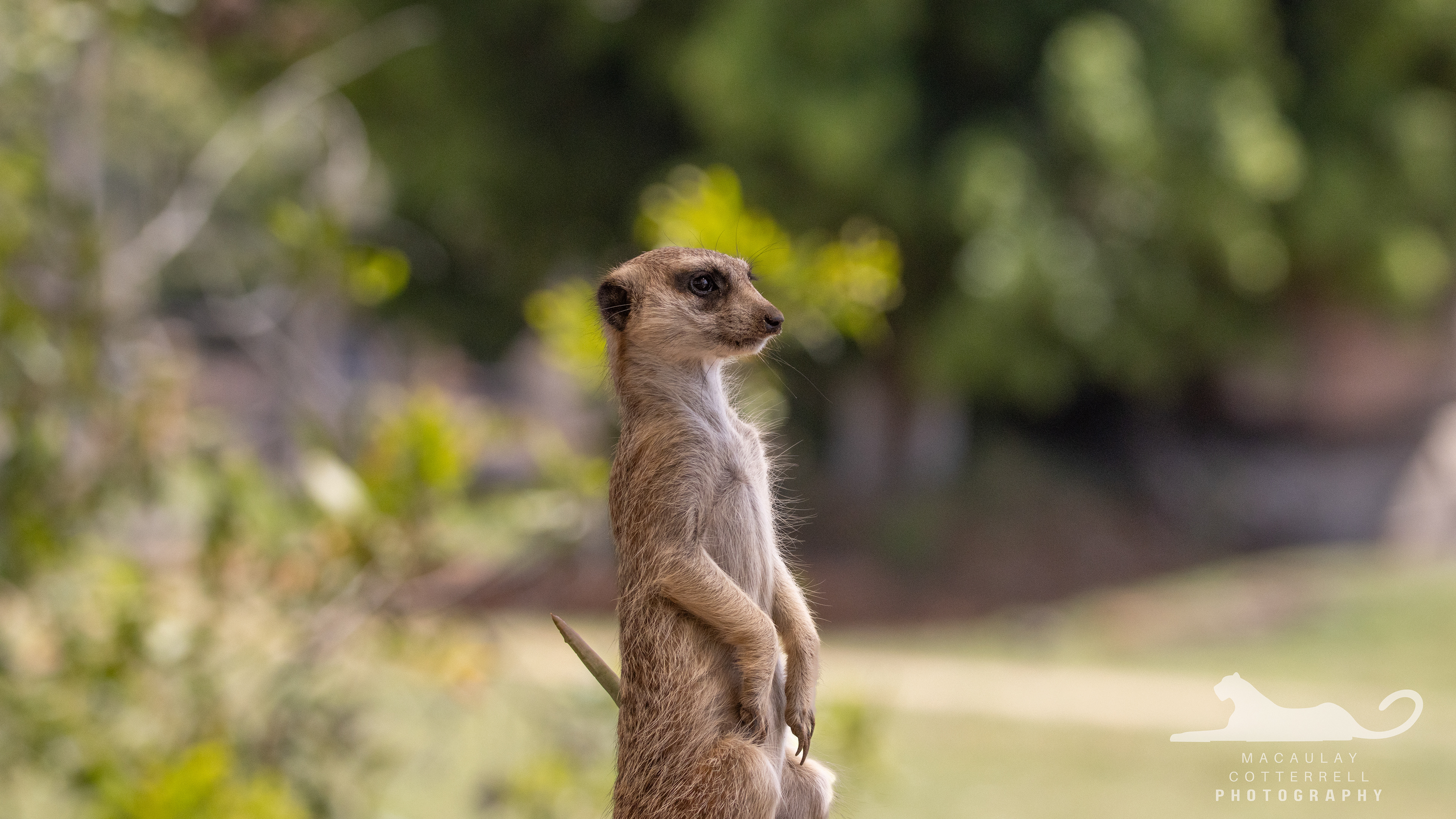
AZ2403
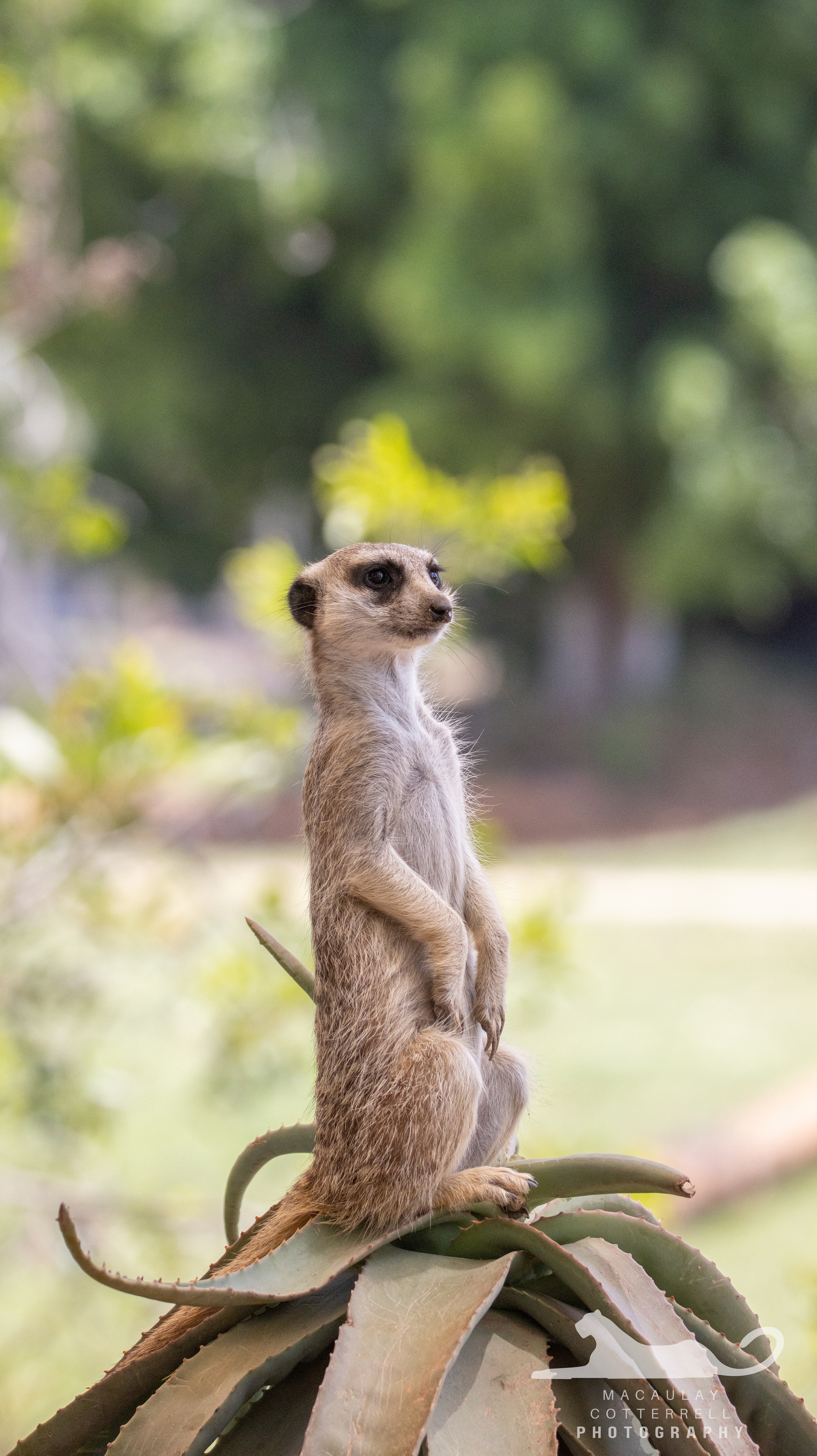
AZ2404
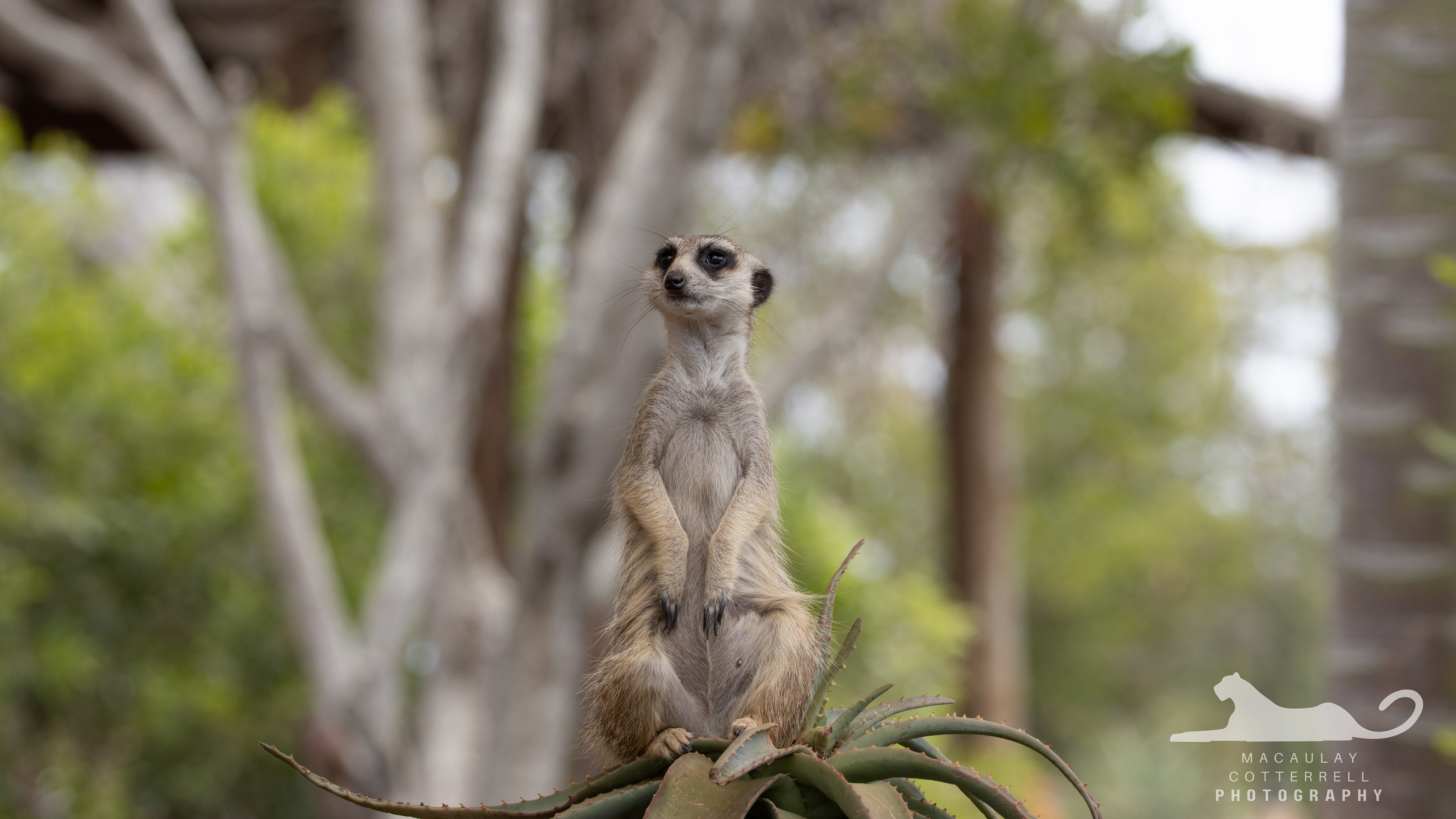
AZ2501
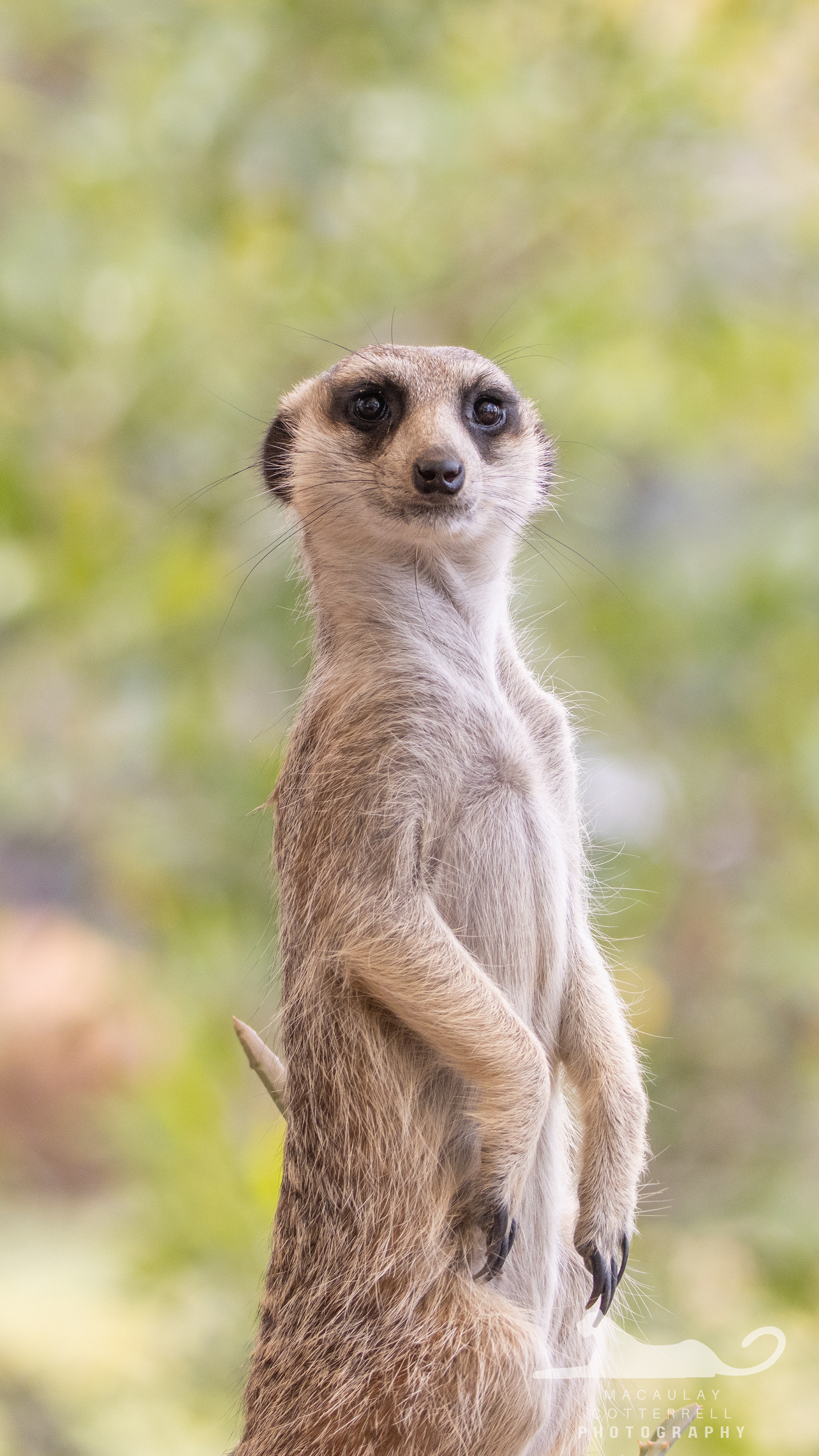
AZ2502
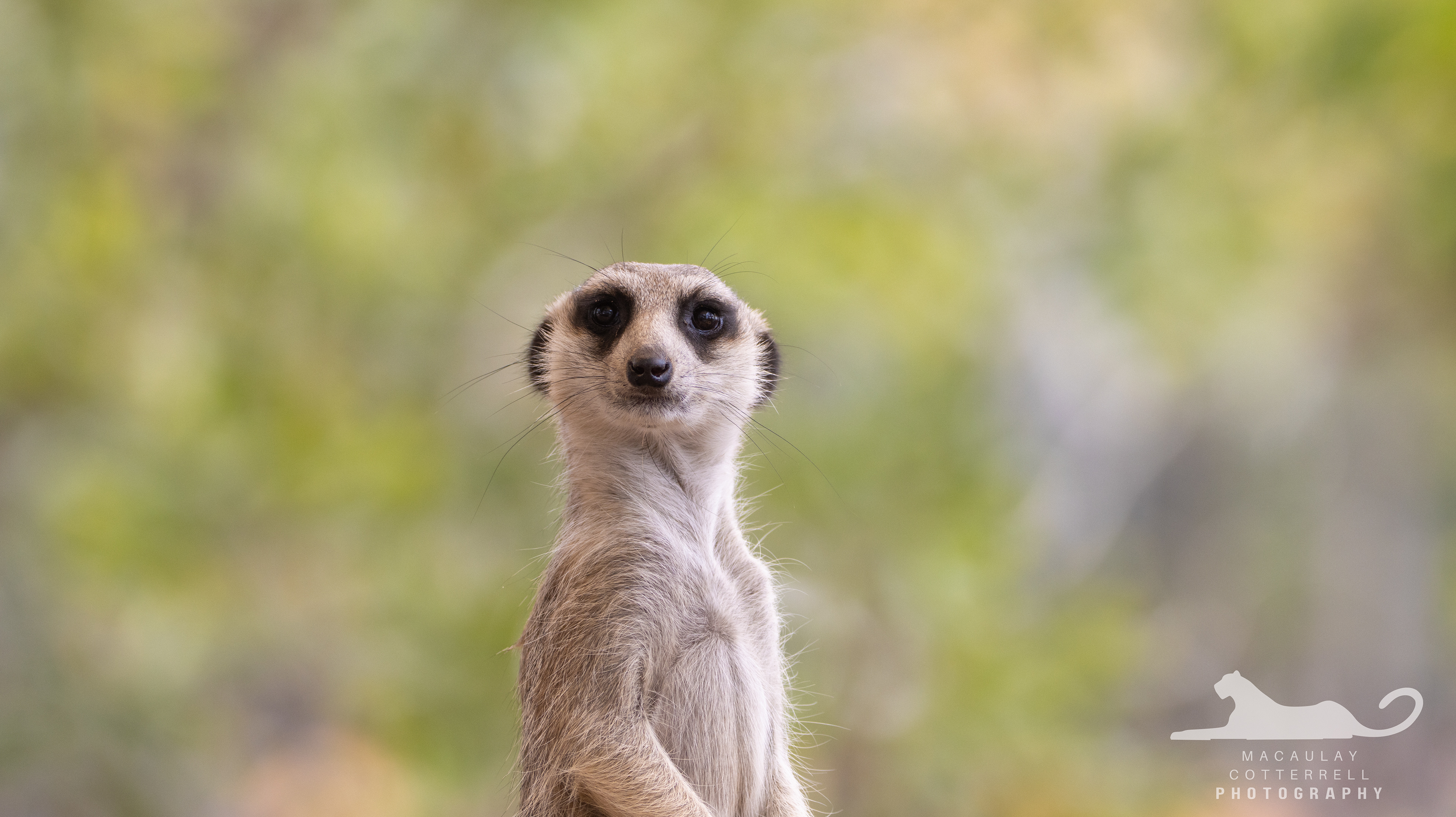
AZ2503
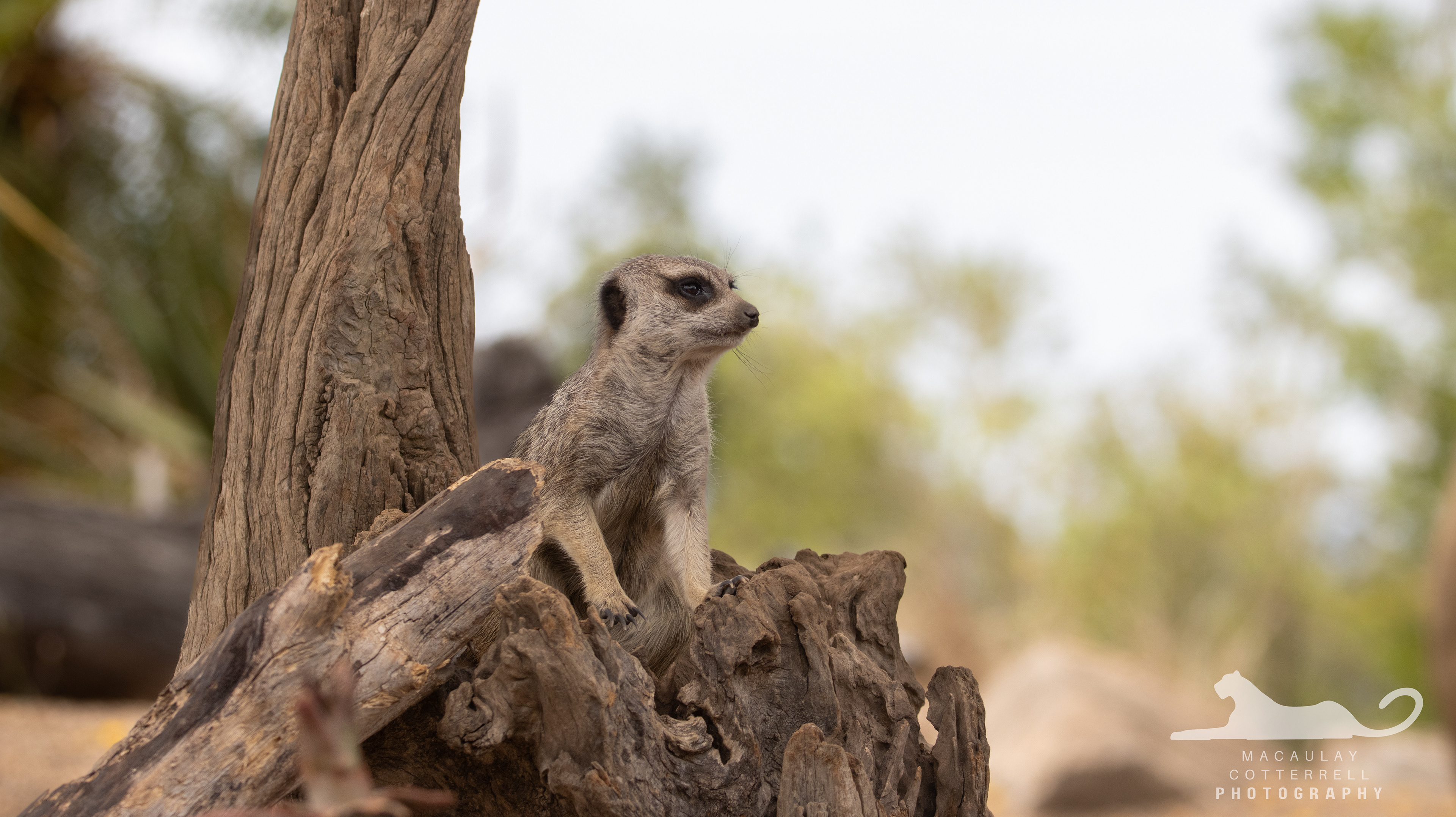
AZ2512
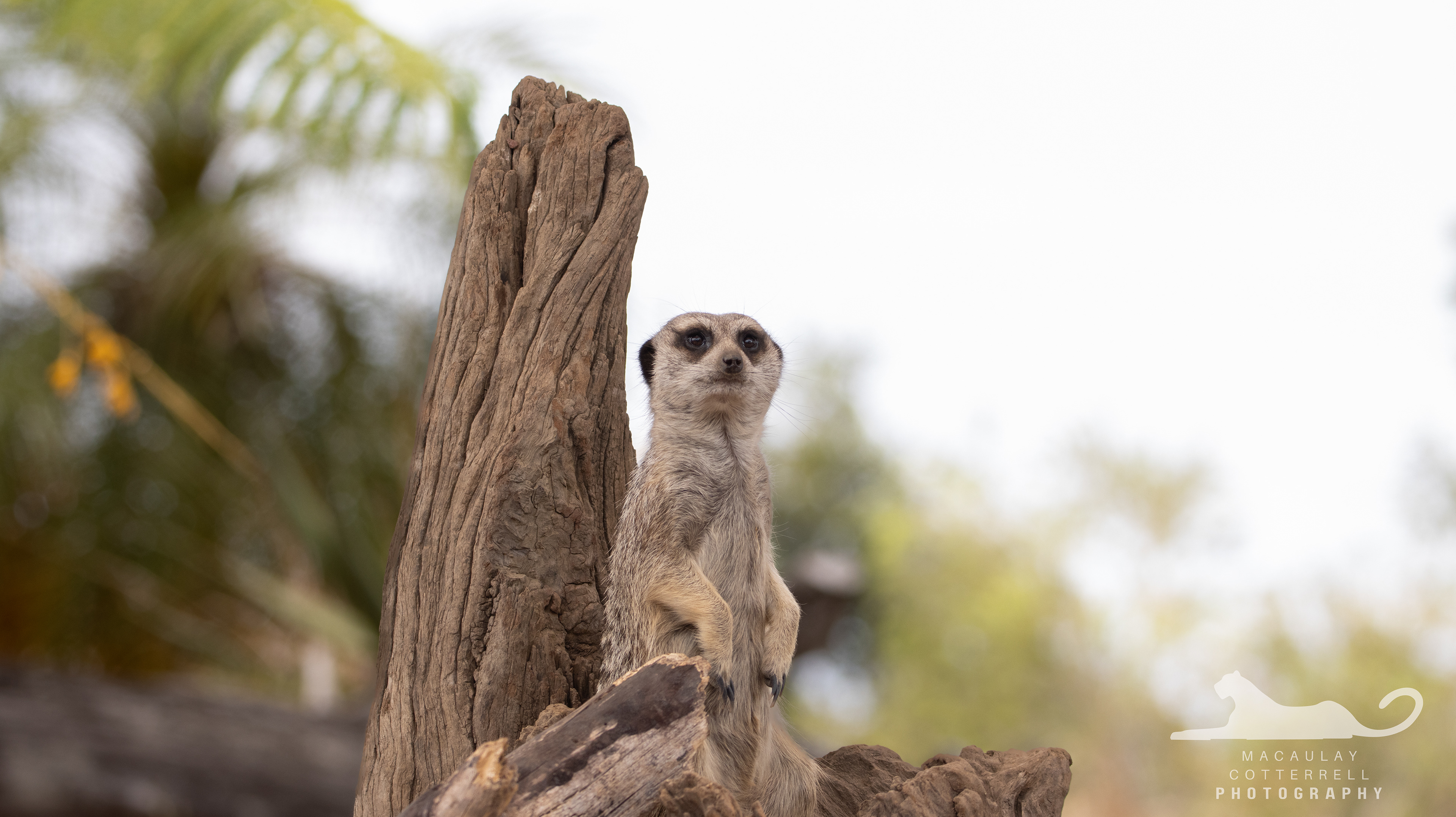
AZ2513
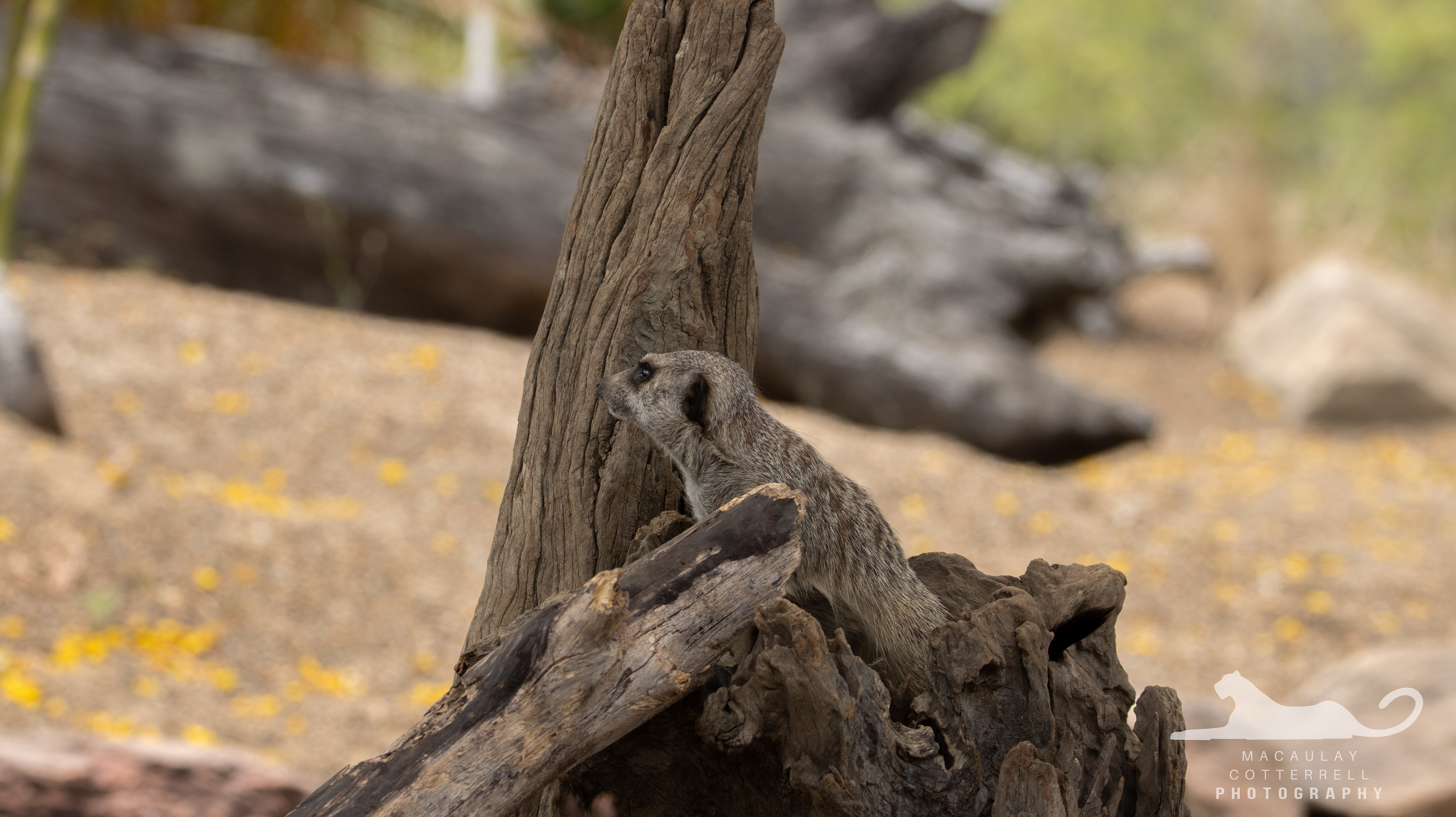
AZ2514
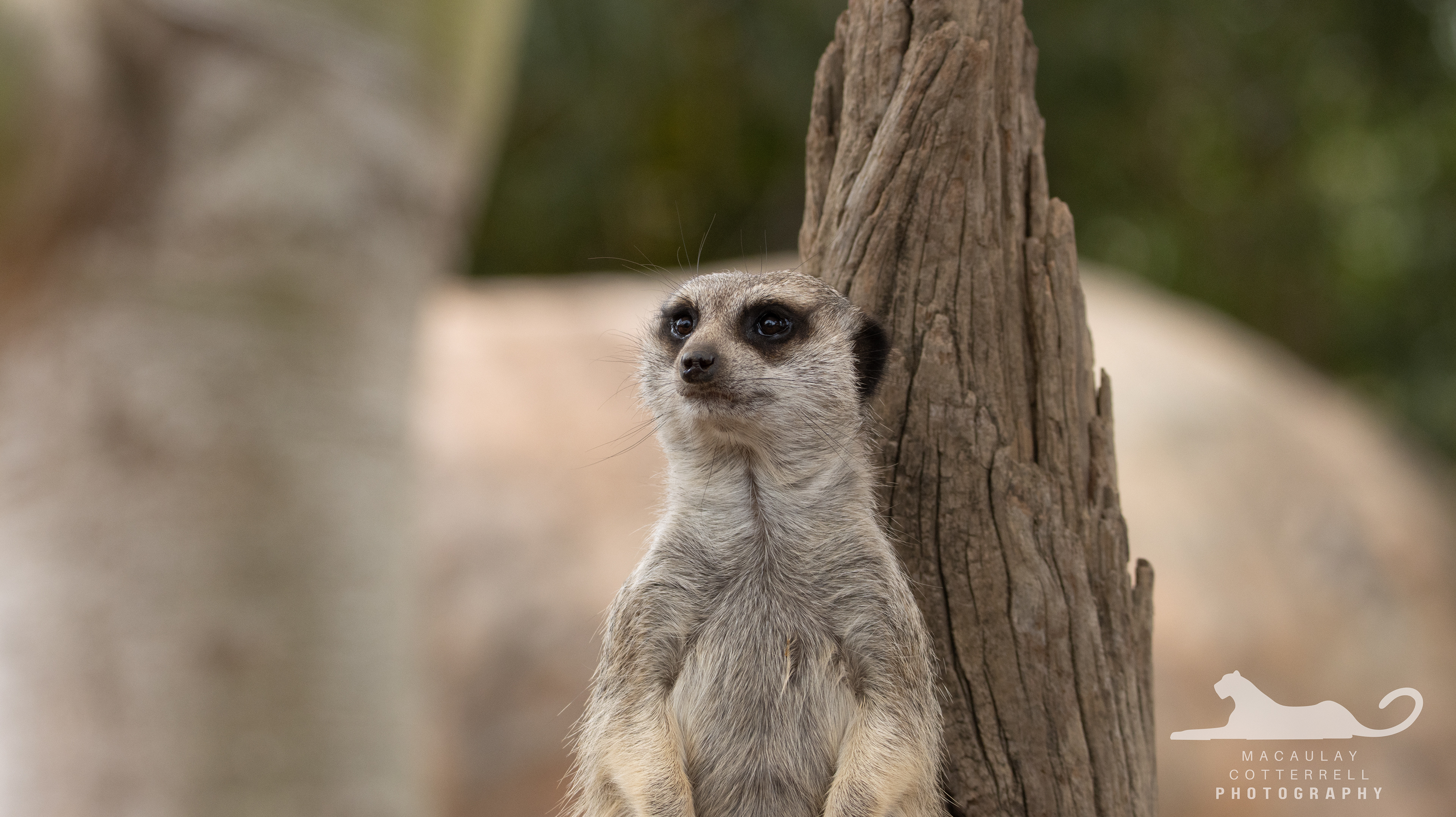
AZ2515
Red Panda | Ailurus fulgens
The Red Panda is an arboreal species found in the Eastern Himalayas and some areas of southwestern China. Their diet consists mostly of bamboo, but, unlike what this and their name suggests, they are not related to the Giant Panda. It is estimated that between 10,000 and 2,500 individuals currently remain in the wild, placing this species on the 'Endangered' marker of the IUCN RedList.
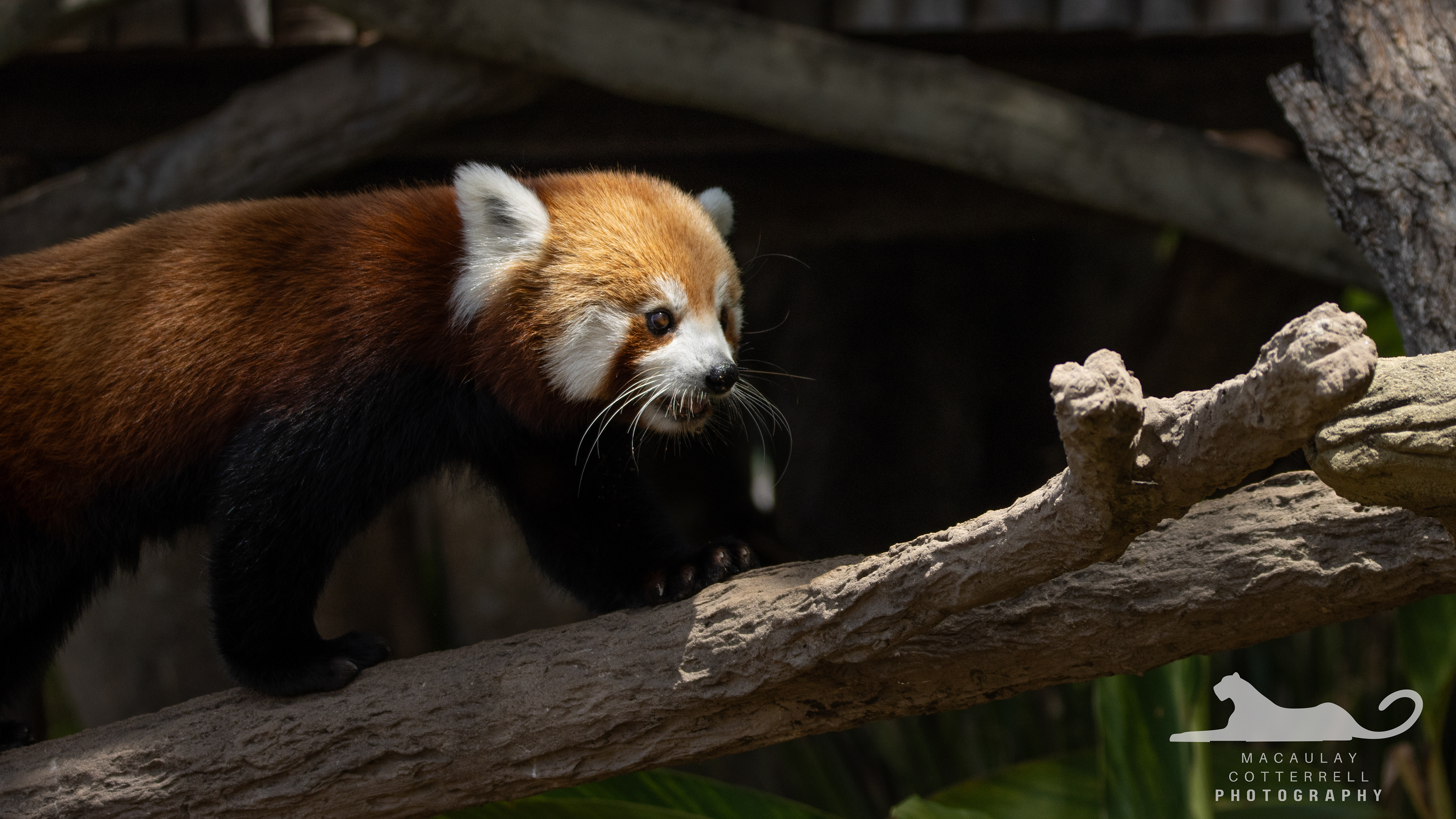
AZ2405
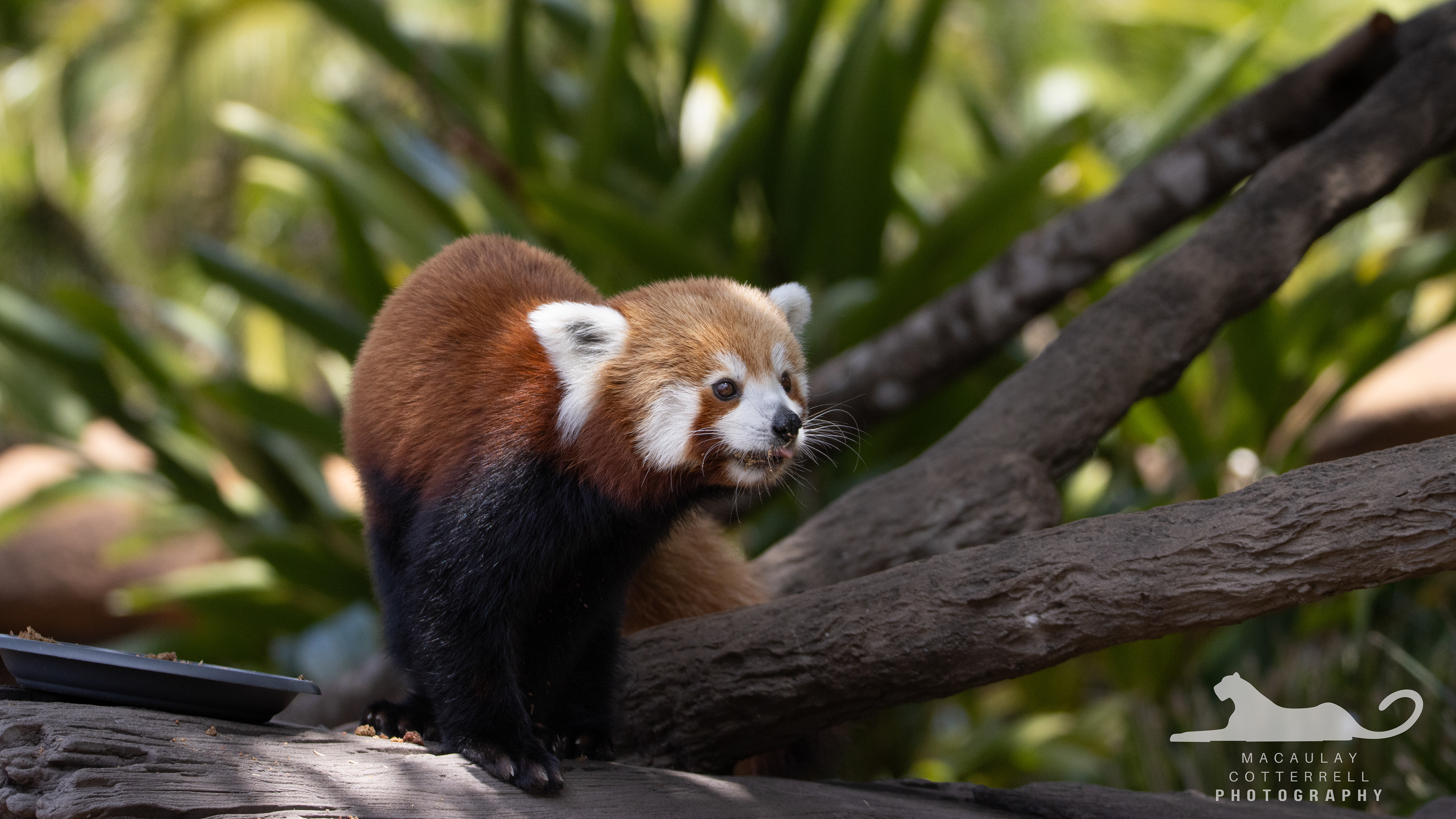
AZ2508
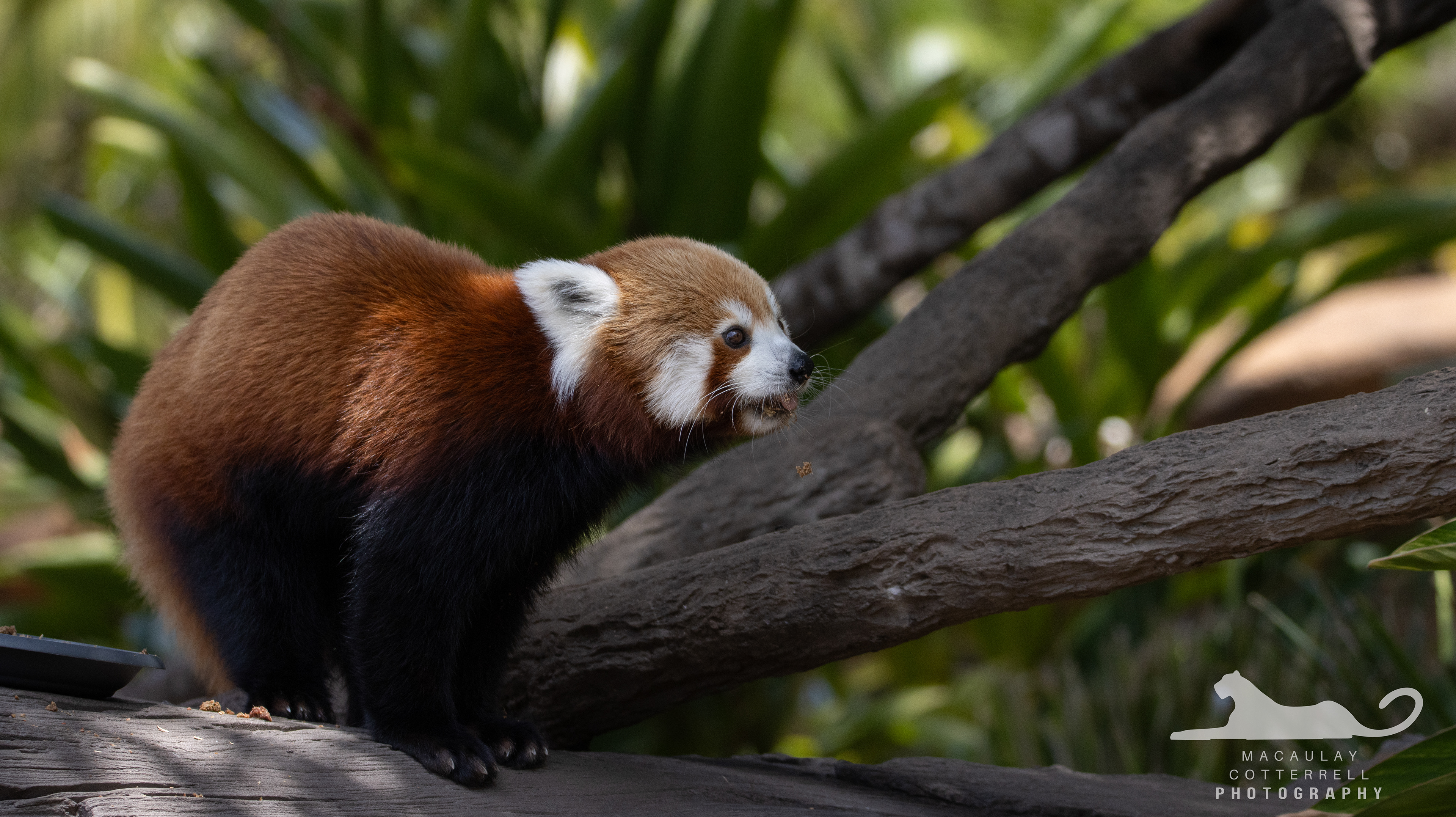
AZ2509
Sumatran Tiger | Panthera tigris sumatrae
Sumatran tigers are the smallest of the subspecies of Tiger, at an average of 120kg (male) and 91kg (female). The photographed individual is Australia Zoo's famous male, Hunter. He was born with a congenital eye condition that unfortunately, despite the best efforts, resulted in him completely losing his eyesight.
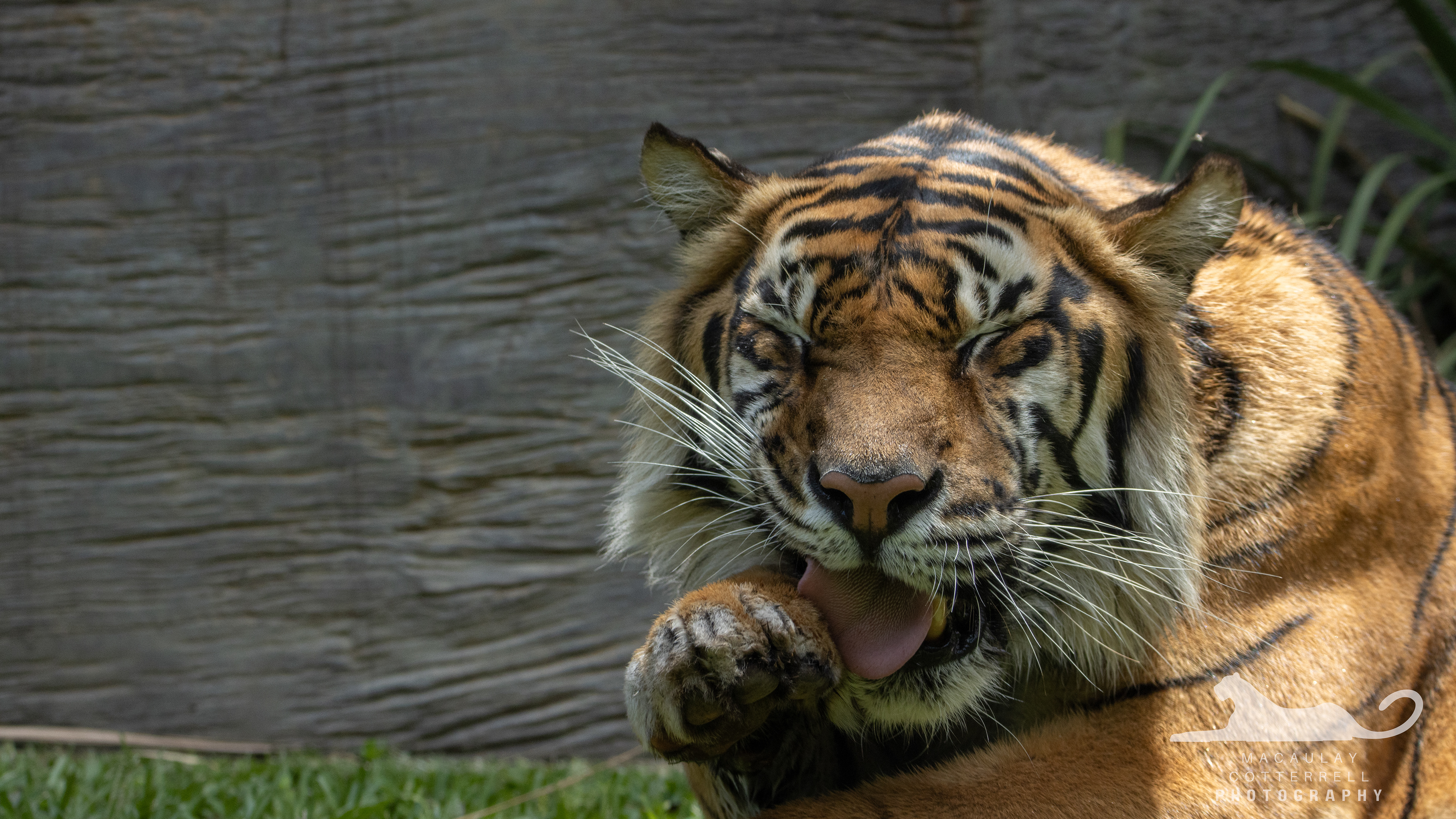
AZ2406
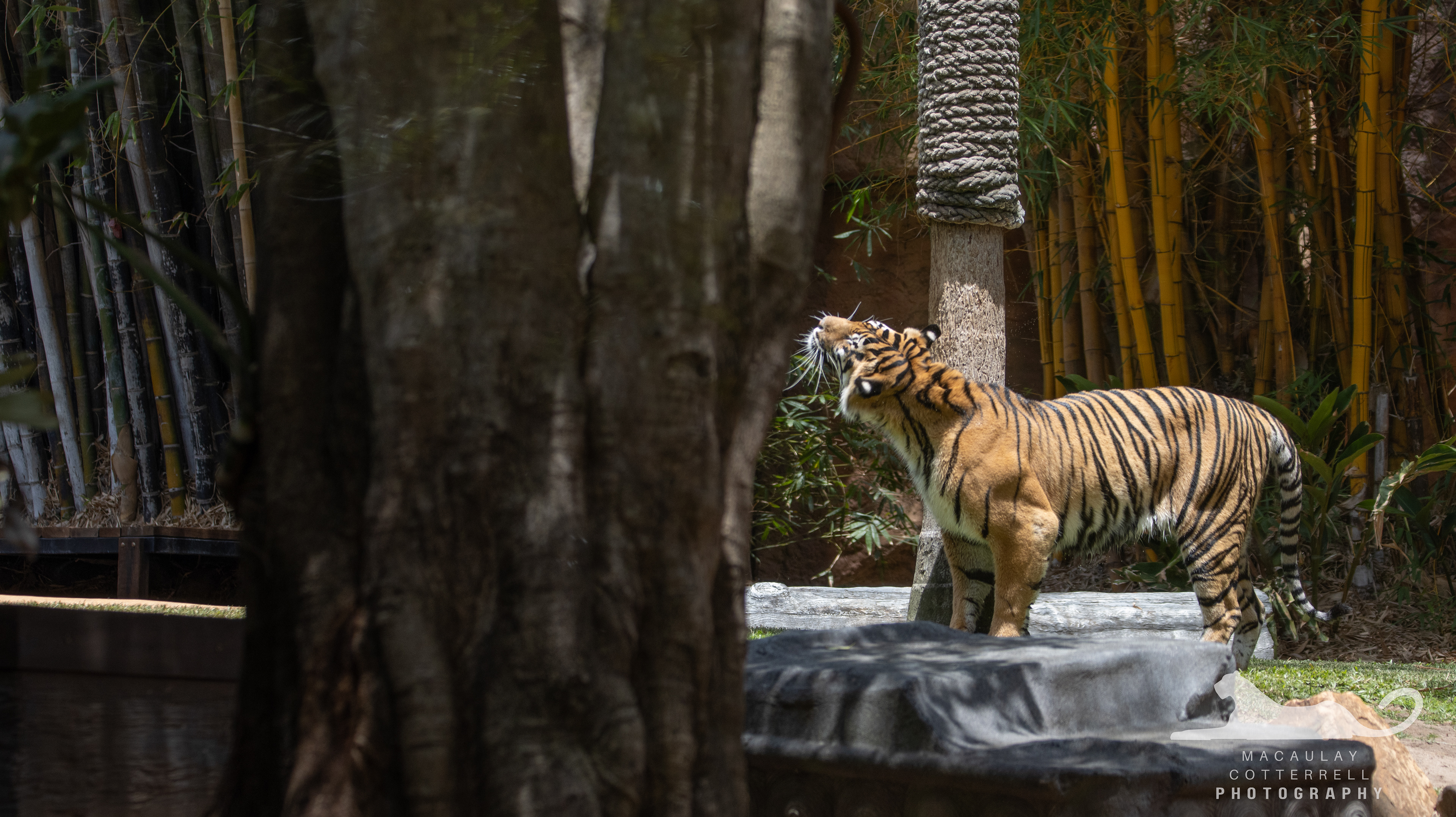
AZ2505
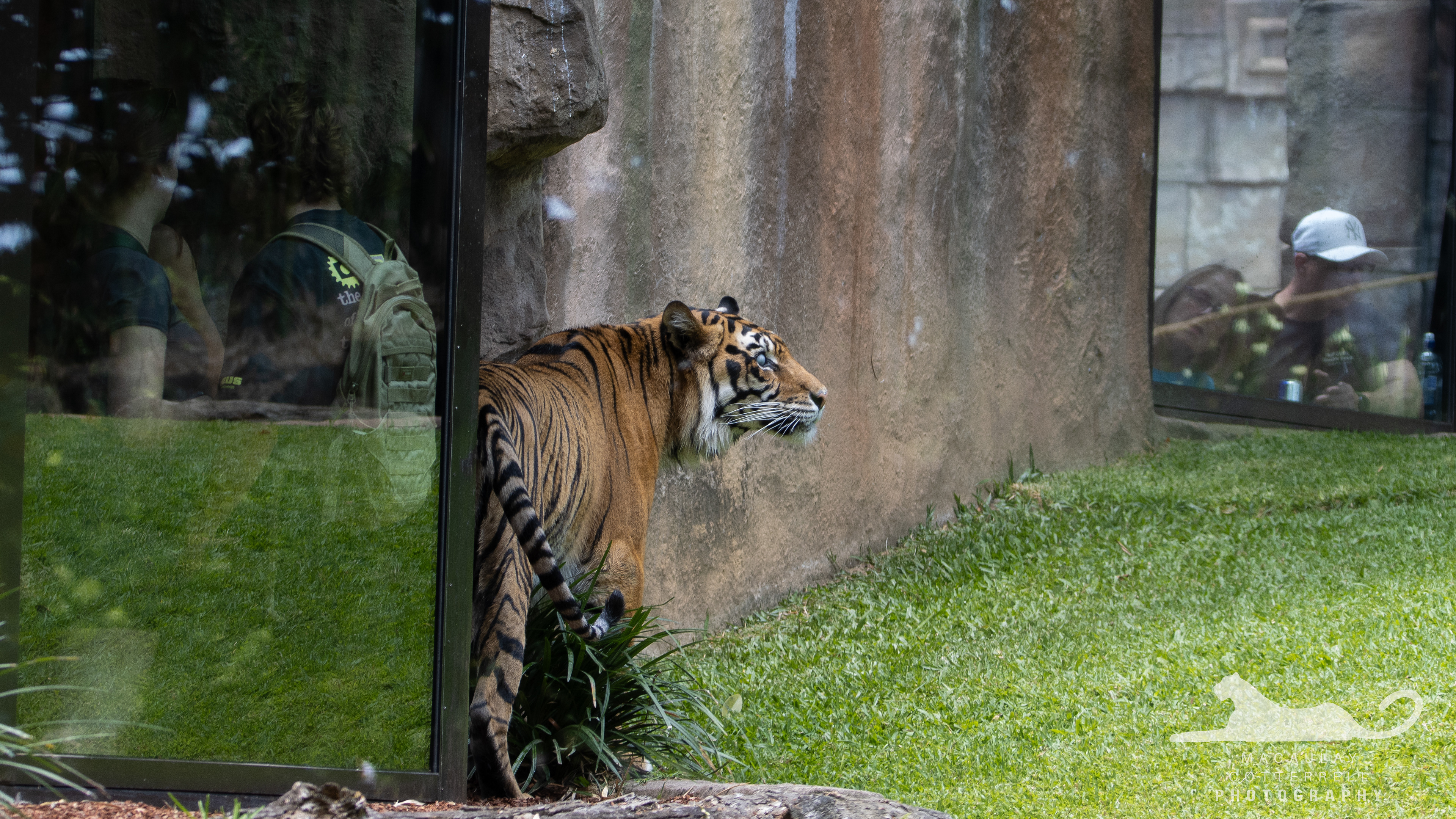
AZ2506
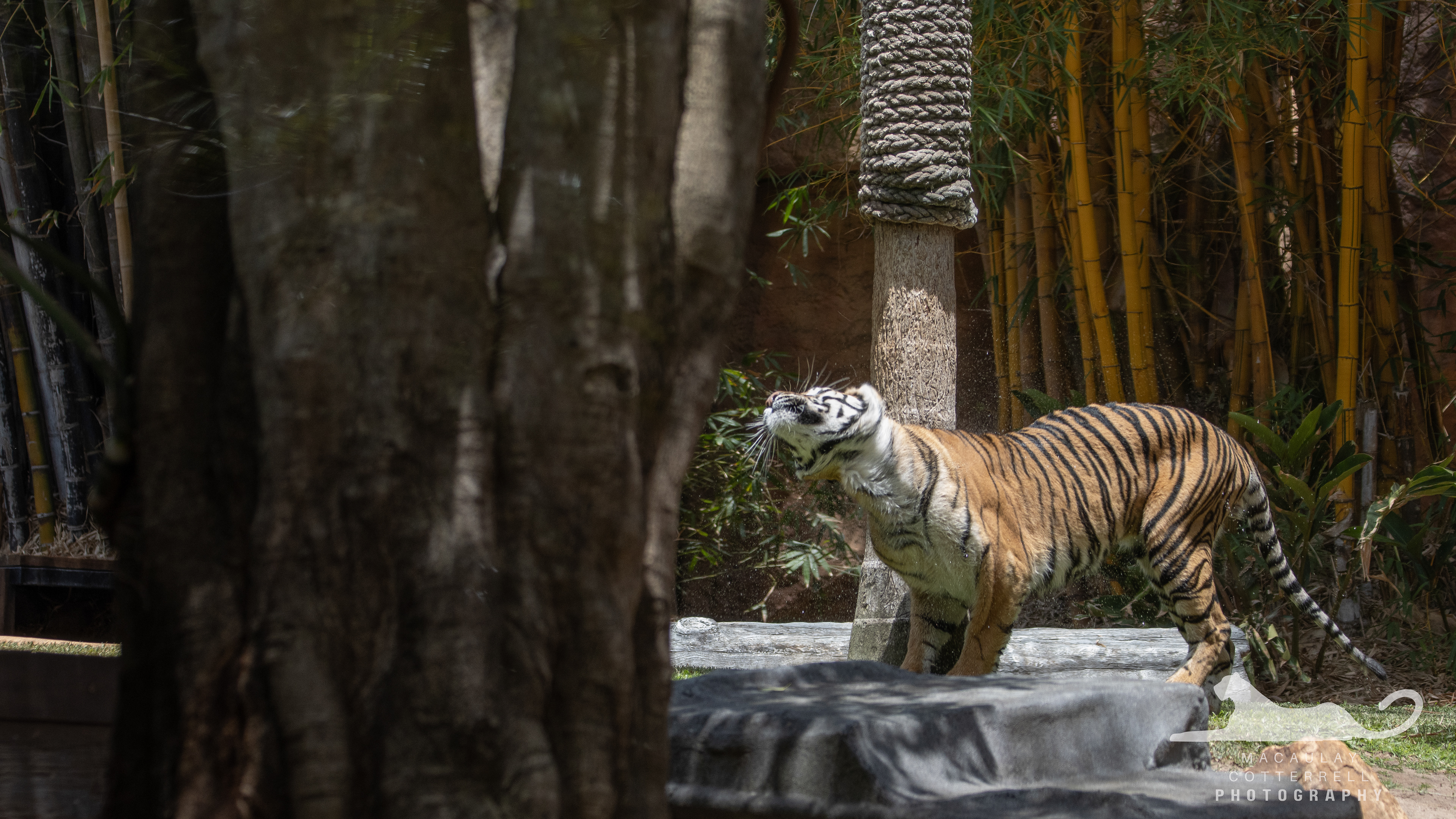
AZ2507
Southern Koala | Phascolarctos cinereus
Southern Koalas are an Australian native, classified as Vulnerable by the IUCN. Unfortunately, due to the infamous 2019/2020 bushfires that devastated Australia, nearly 15% of their population perished. That amounts to more than 6300 individuals in total (according to IFAW).
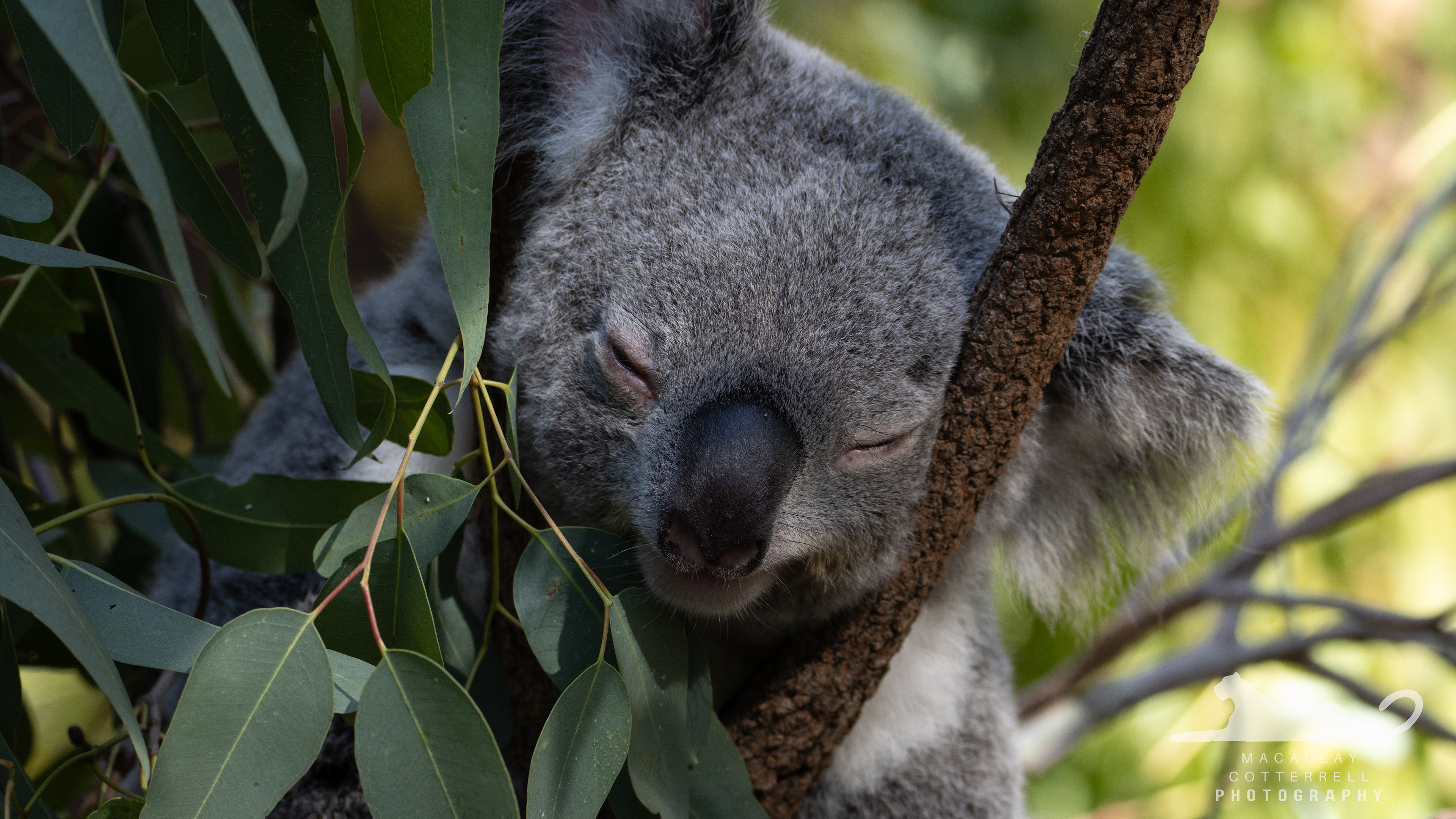
AZ2409
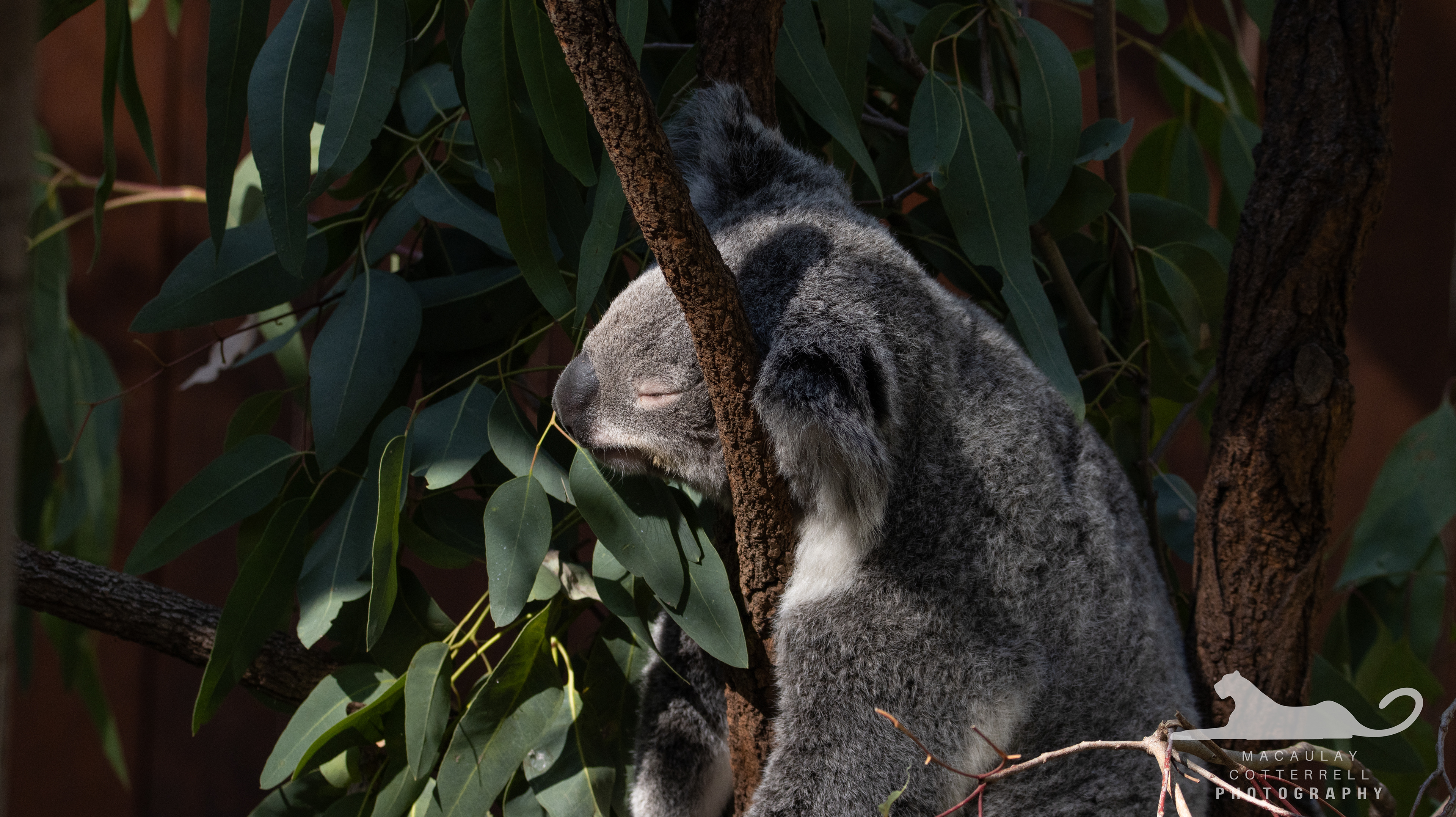
AZ2410
Southern Cassowary | Casuarius casuariu
The cassowary is well known for its infamous defence technique of kicking, which has proven to be powerful enough to break bones and even kill humans. This species is classified as Least Concern by the IUCN.
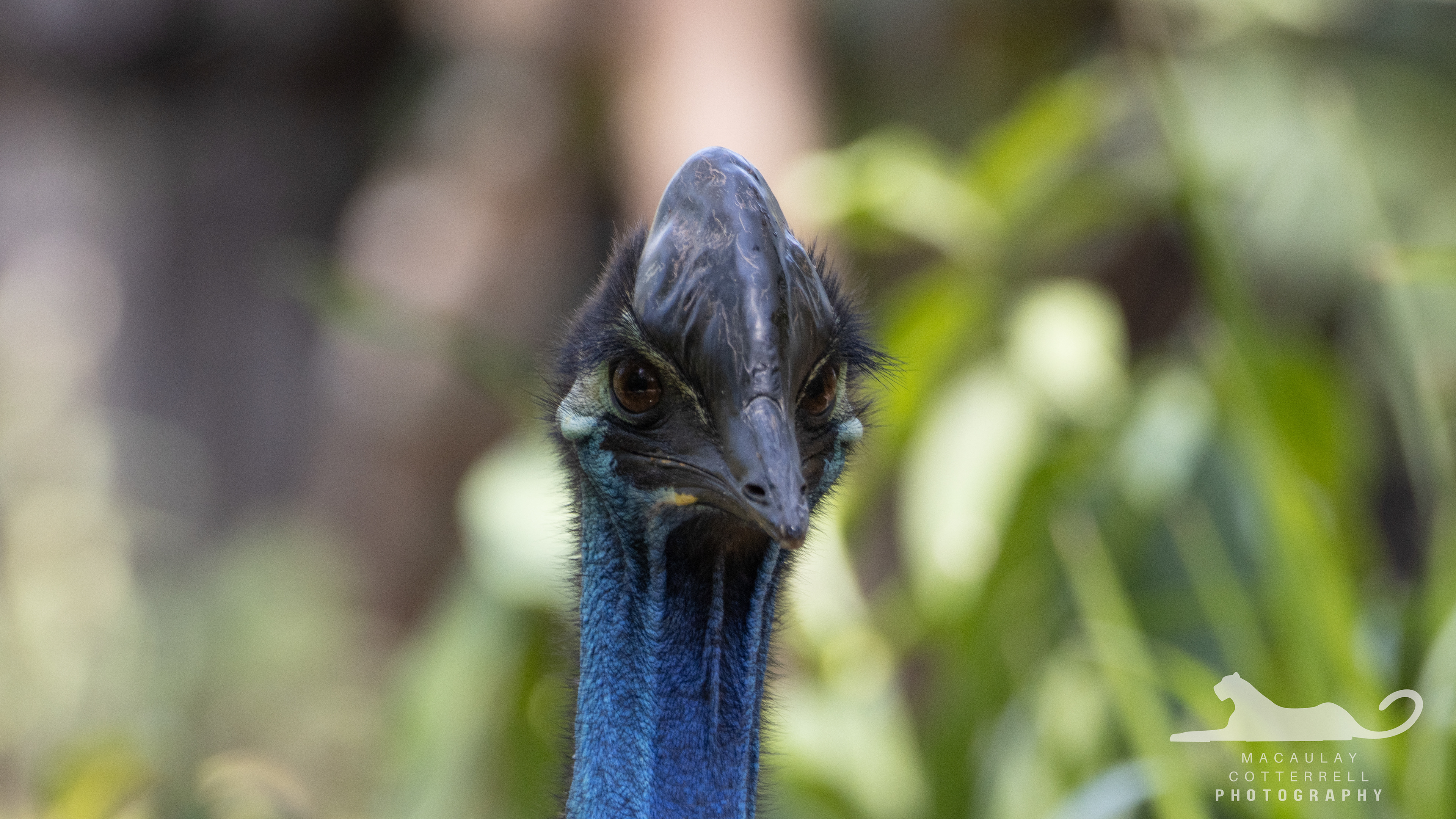
AZ2411
Swamp Wallaby | Wallabia bicolor
Swamp wallabies are a small Australian marsupial species found along the East Coast. Some of their biggest threats in the wild are roads, and predators such as wild dogs and dingoes. The IUCN classifies them as a species of Least Concern.
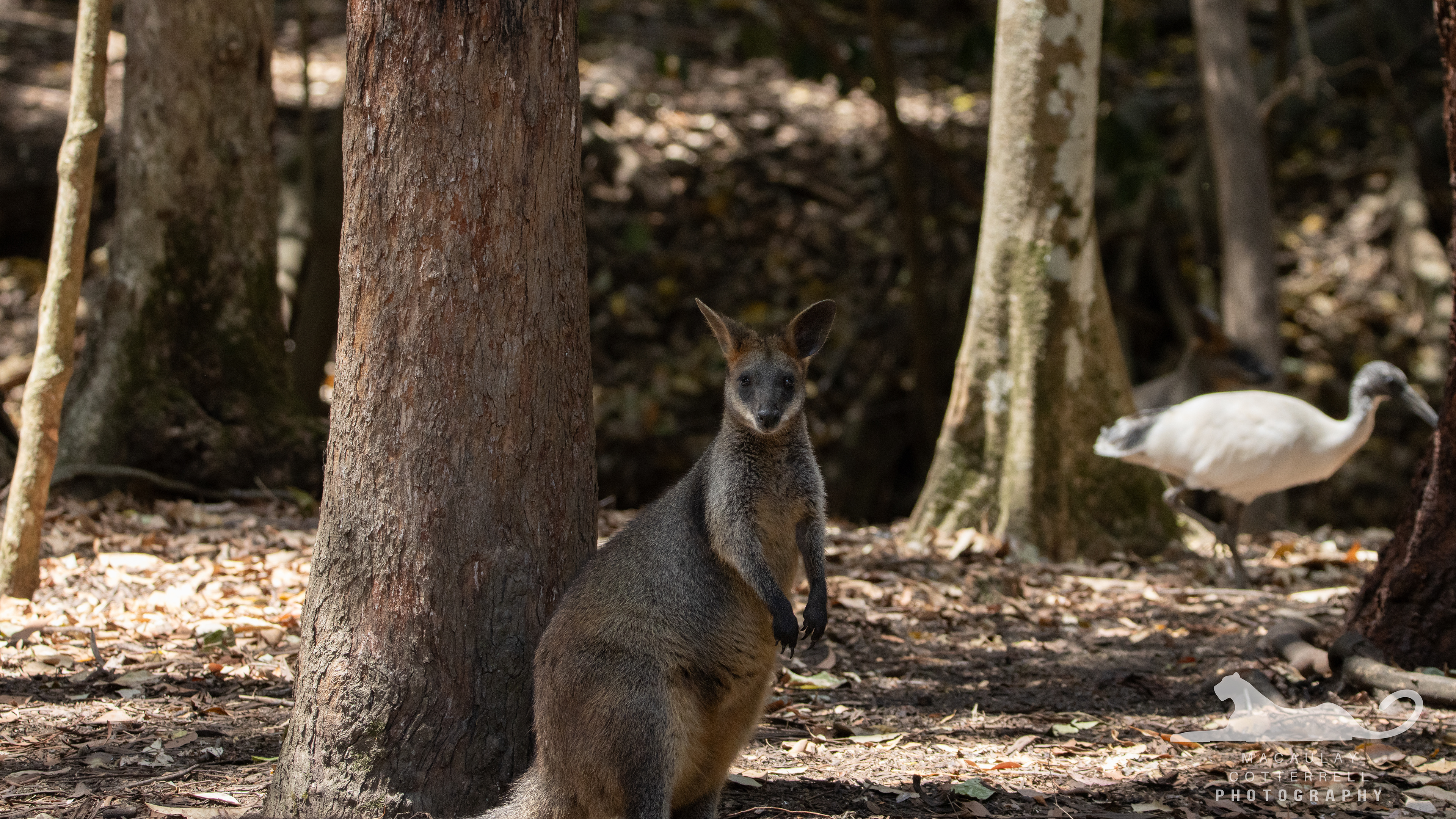
AZ2412
Cheetah | Acinonyx jubatus
This photo, depicting two of Australia Zoo's cheetah in their new enclosure is easily one of my favourites from my trip, and I'm glad that I can finally share it with you.
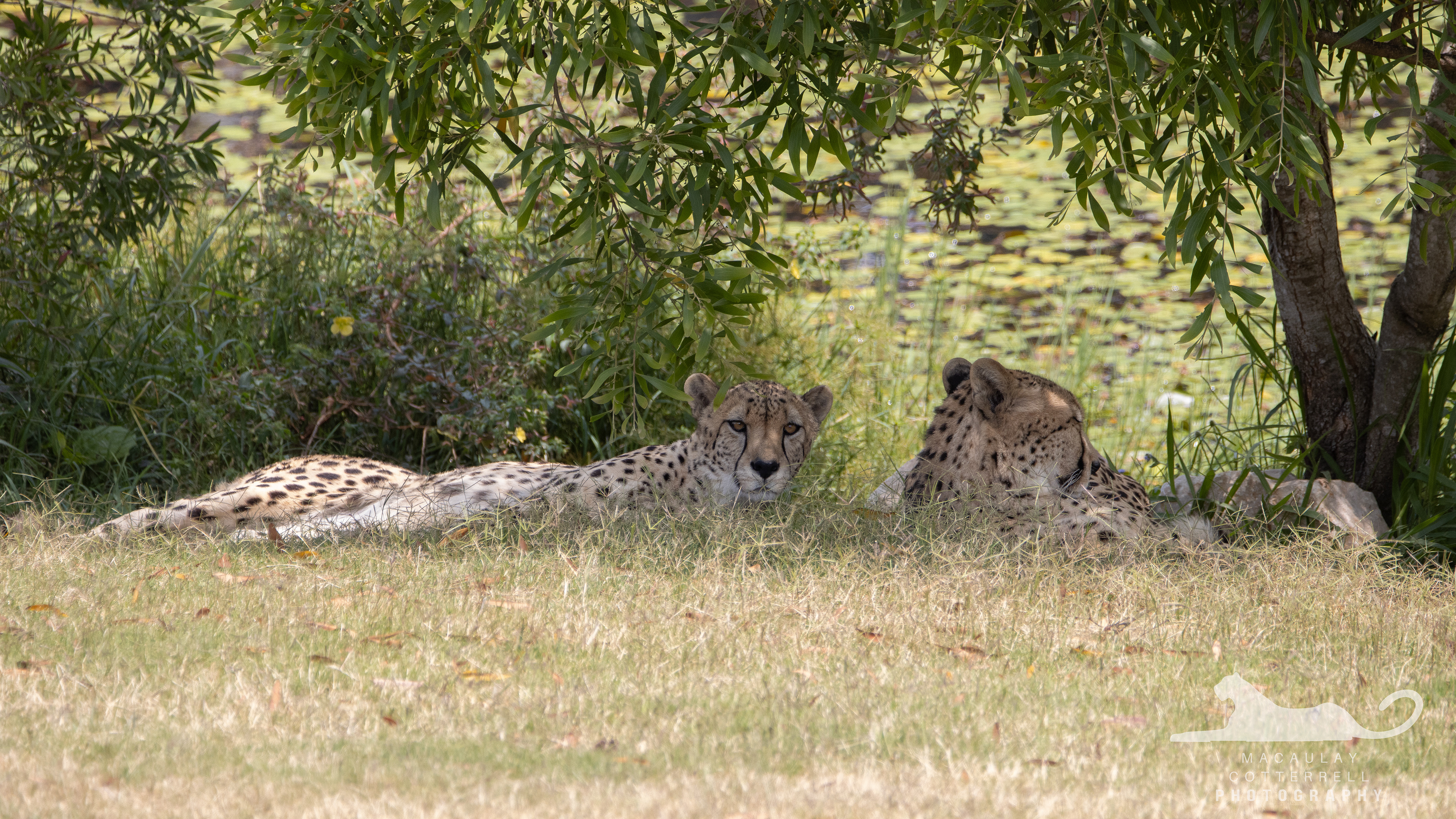
AZ2504
Sulphur-Crested Cockatoo | Cacatua galerita
On my trip to Australia, I was lucky enough to see this species for the first time, in two settings. The first of which is at Australia Zoo, as seen in the pictures showcased below. Following this, and between my two visits to the zoo, I encountered their wild counterparts whilst exploring Mt Coot-Tha.
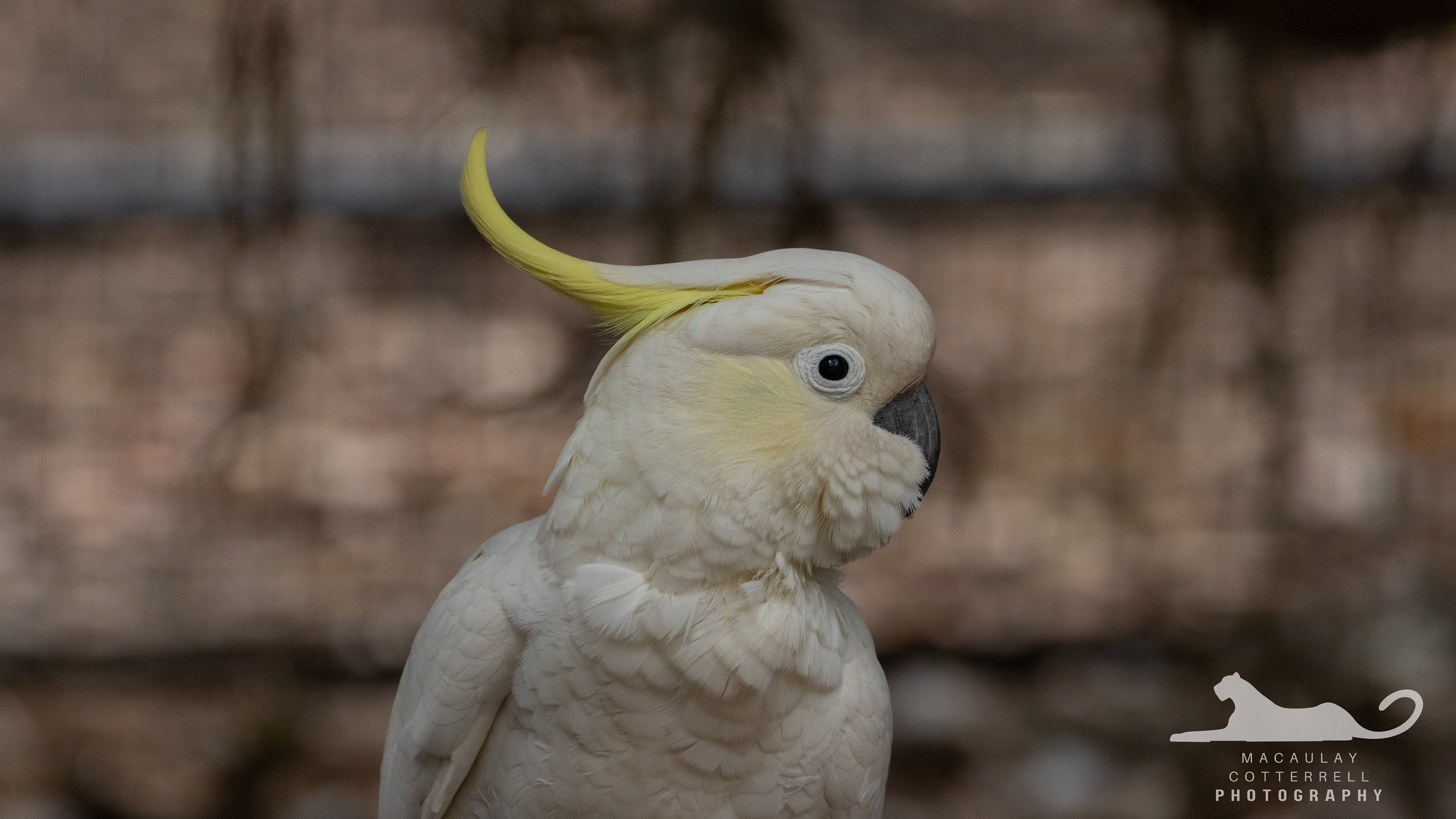
AZ2510
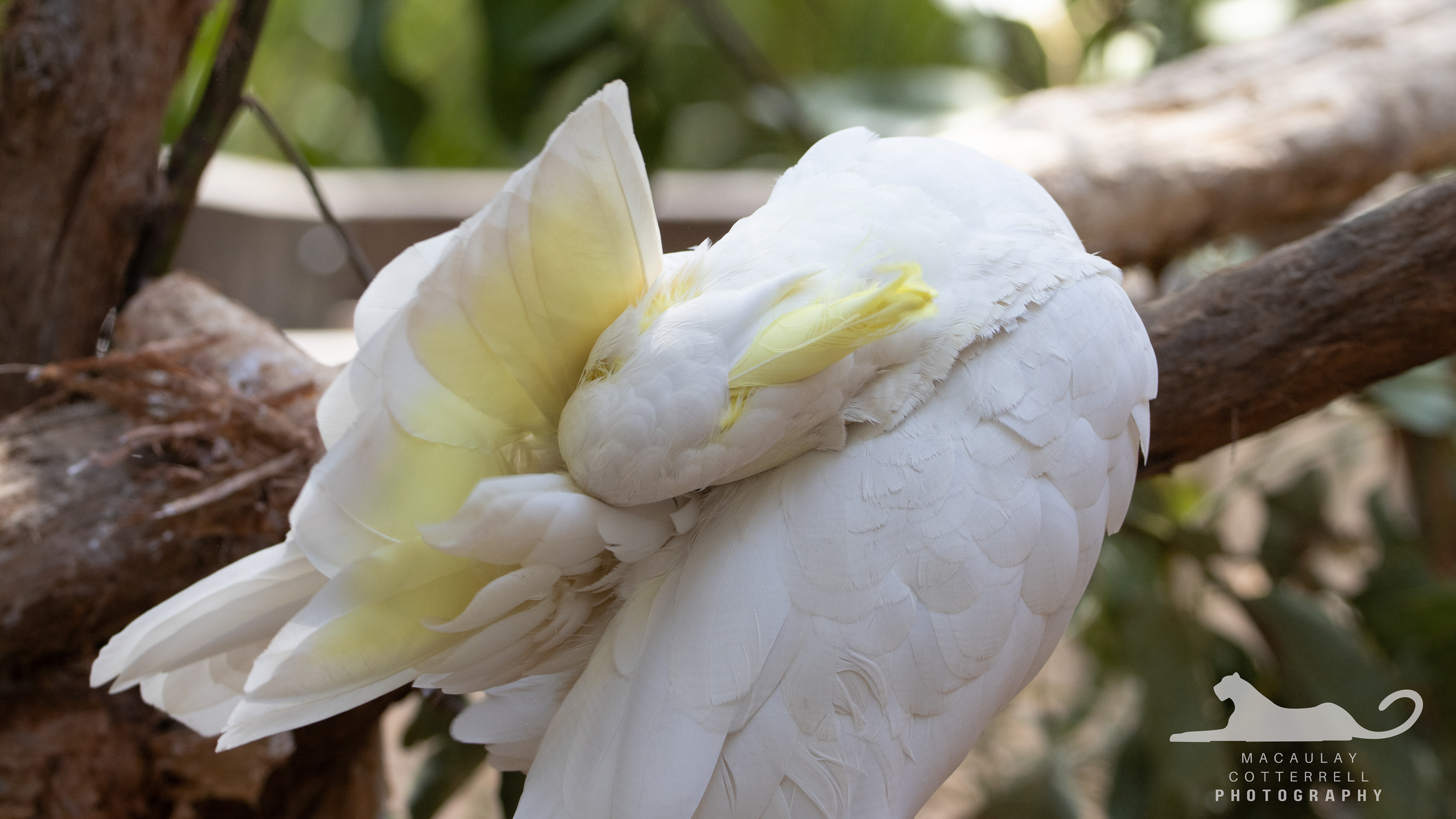
AZ2511
S. W. Rhino | Ceratotherium simum ssp. simum
The Southern White Rhino is a conservation staple point, proving to be an incredible example of the conflicts that arise between humans and wildlife, and the impact that we can have on species, both good and bad. These photos were taken at the famous Africa exhibit at Australia Zoo, where Giraffe, Rhino and Zebra share the same, massive enclosure.
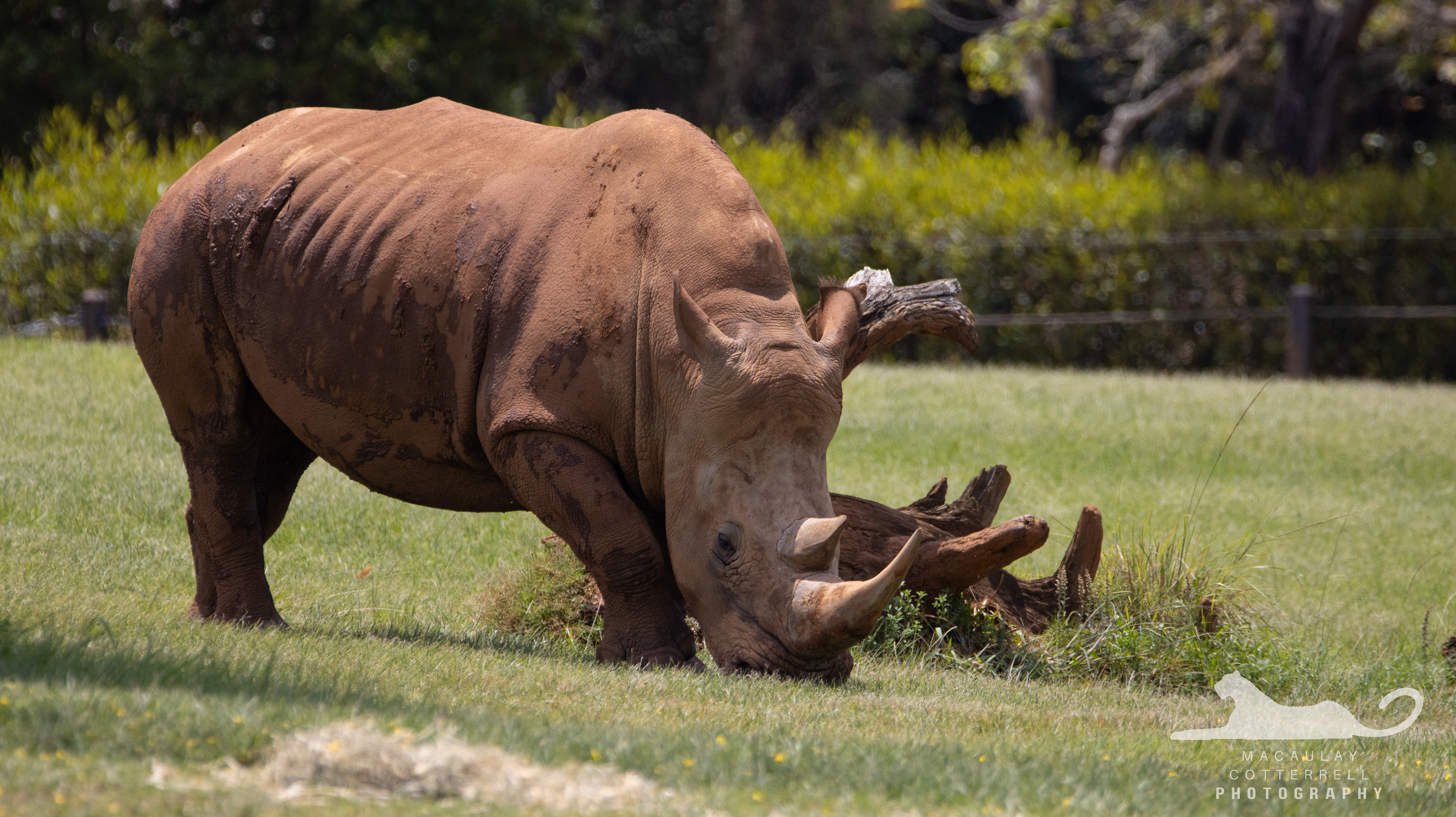
AZ2516
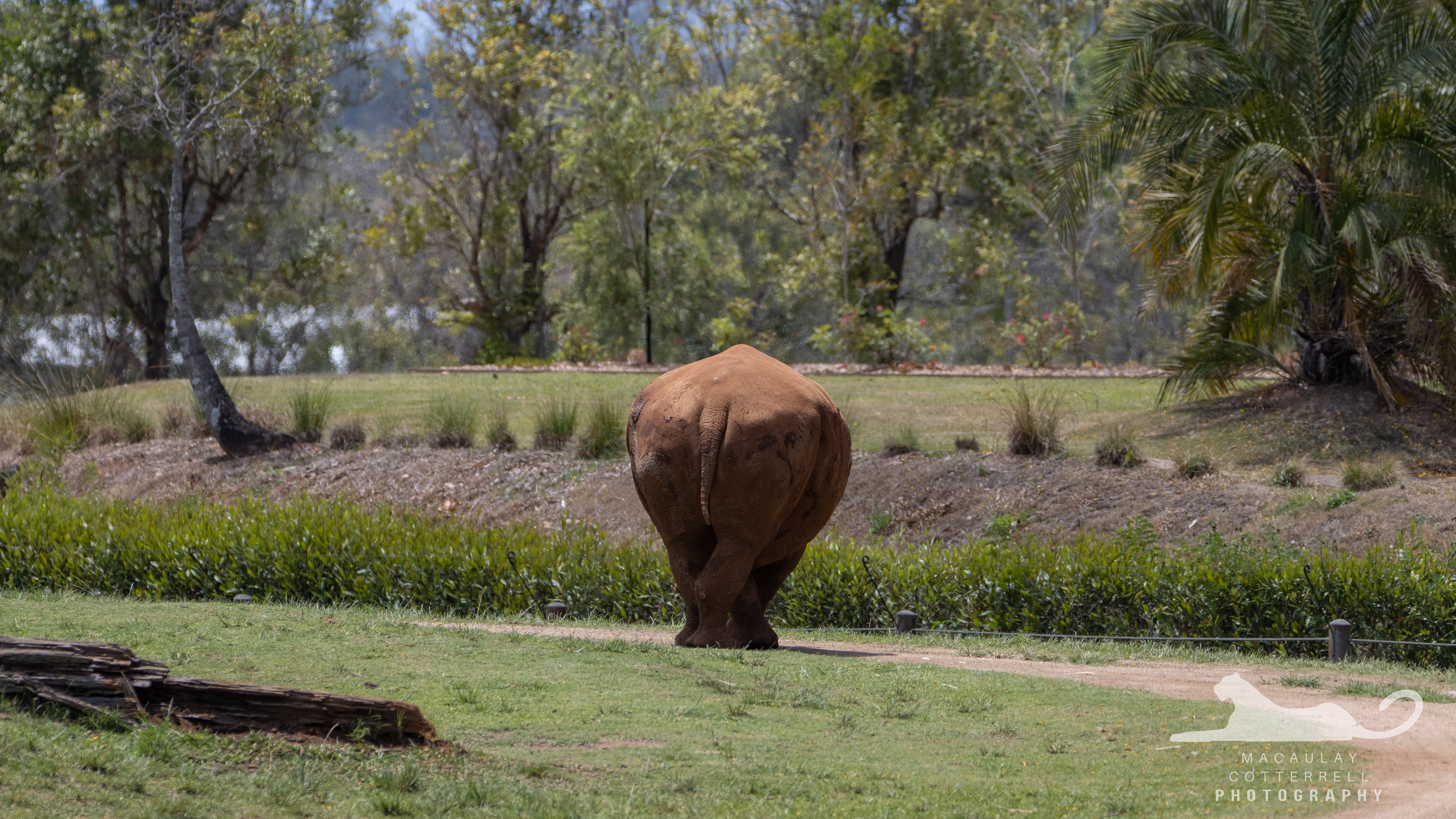
AZ2517
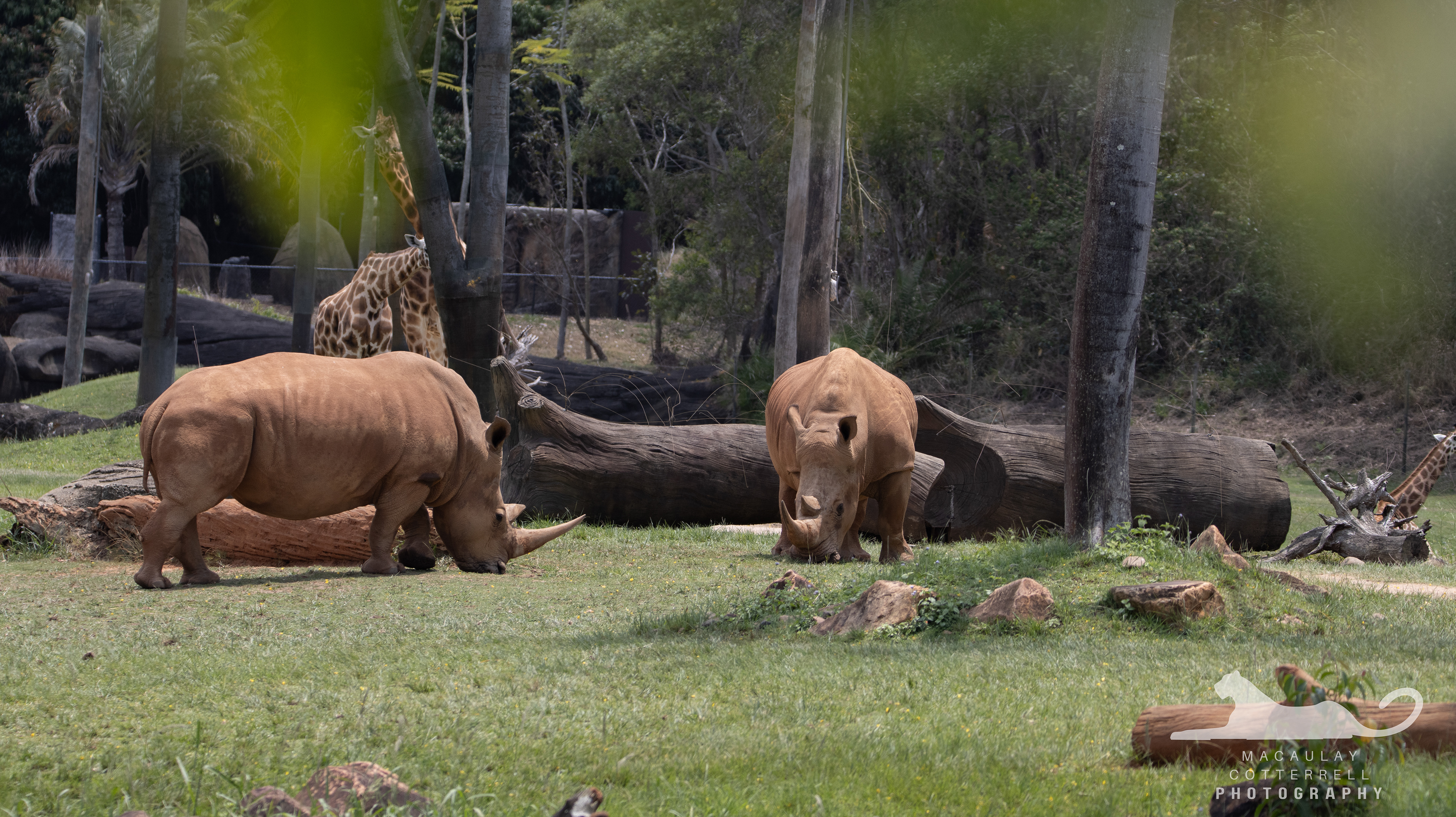
AZ2518
Giraffe | Giraffa camelopardalis
The Giraffe has long been known to people for their iconic anatomy, but one unique individual is more famous than the rest at Australia Zoo. Forest (who I'm not certain I managed to snap a picture of), resides at Australia Zoo, and has recently been crowned the tallest living giraffe anywhere in the world! He stands at an impressive 5.7 metres tall, and is part of the vital breeding programme at the zoo.
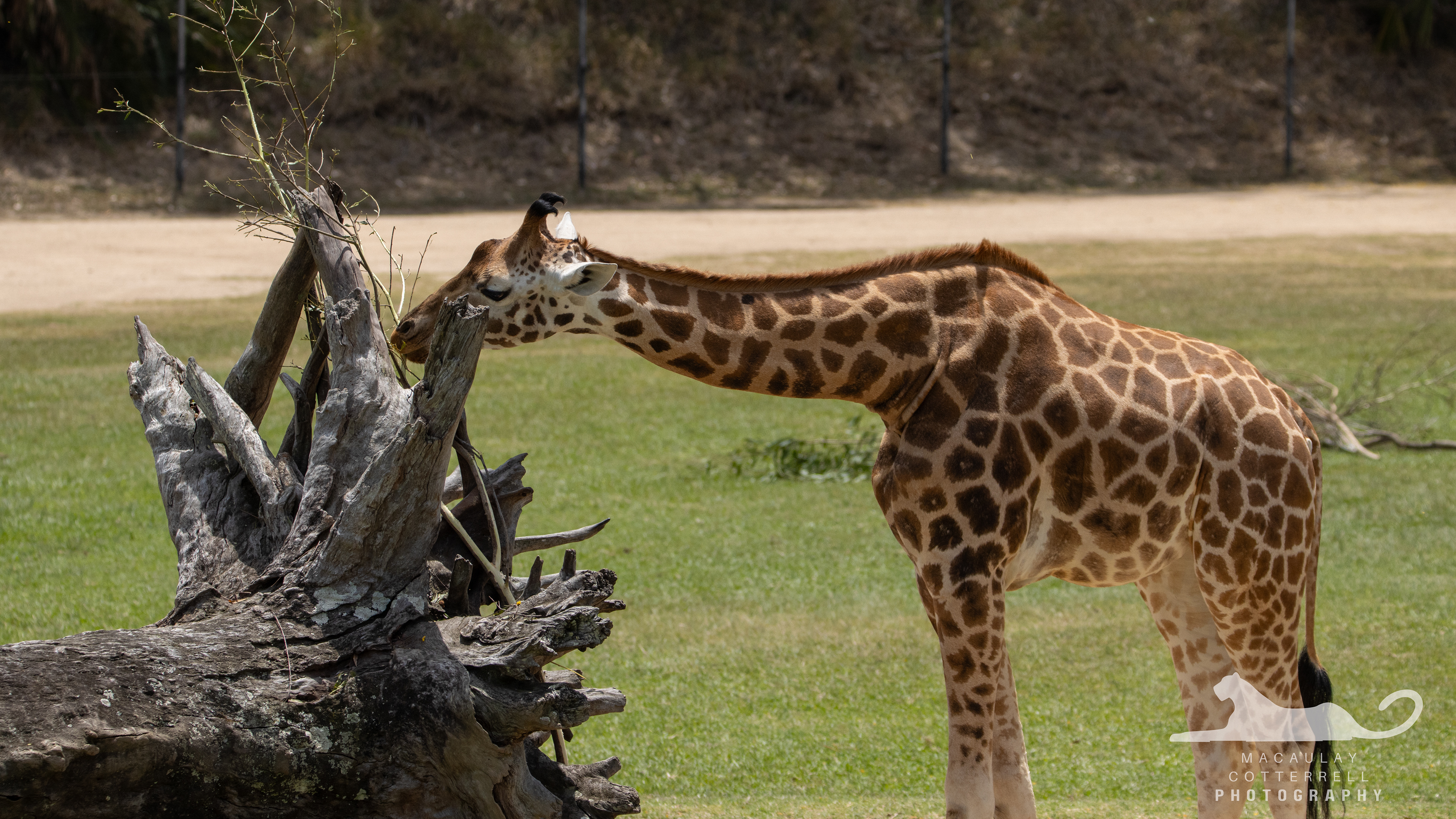
AZ2519
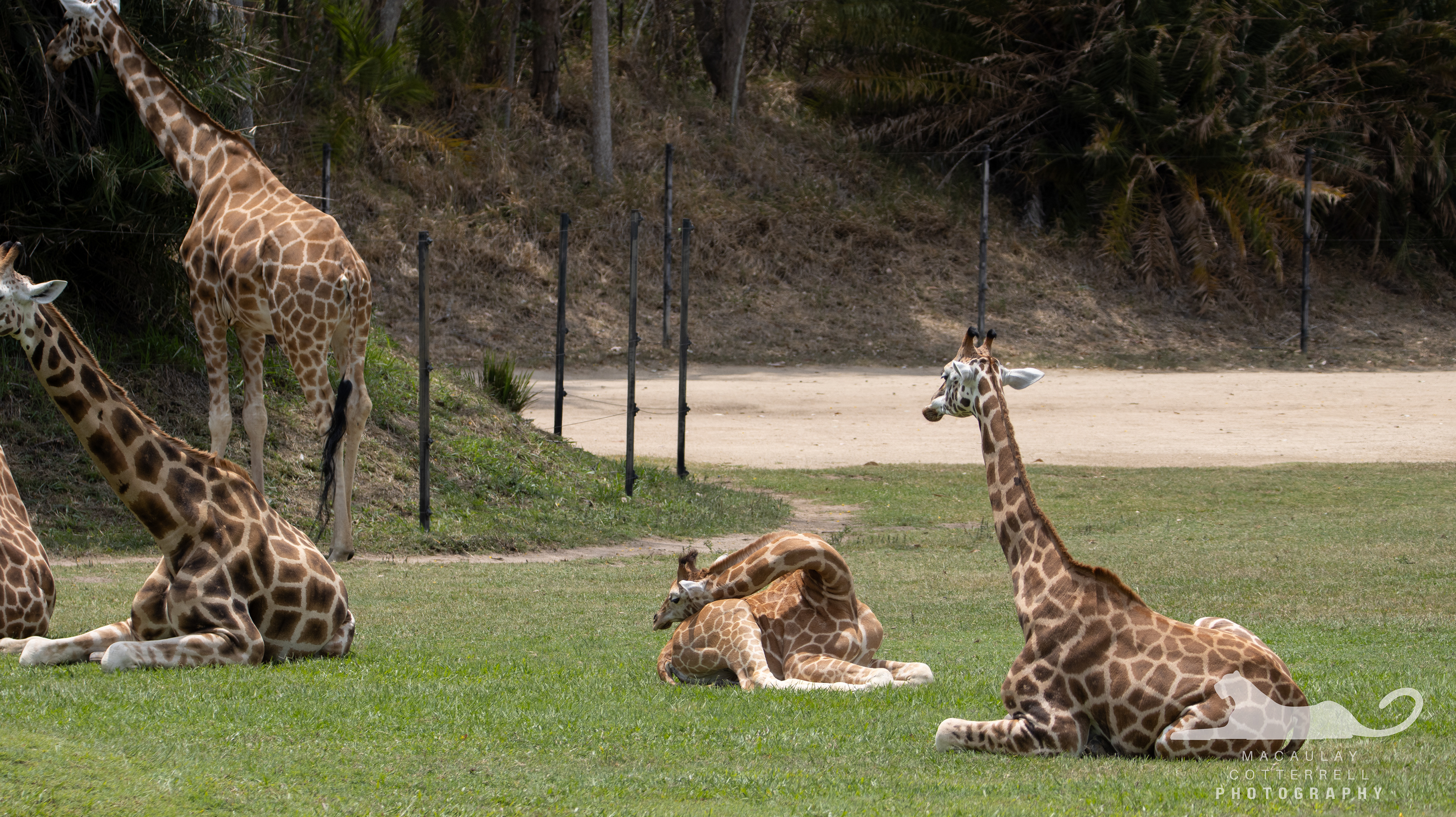
AZ2520
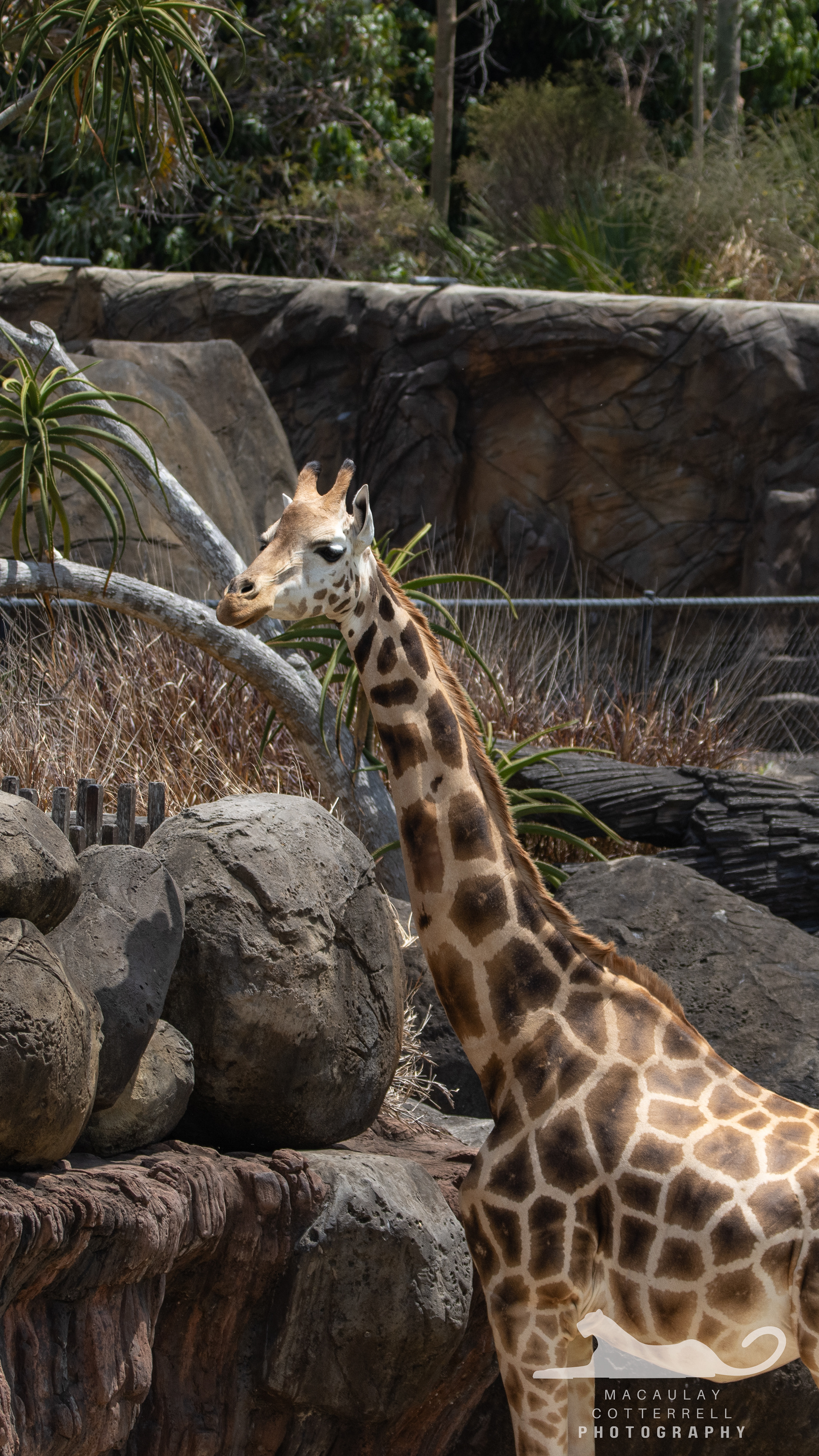
AZ2521
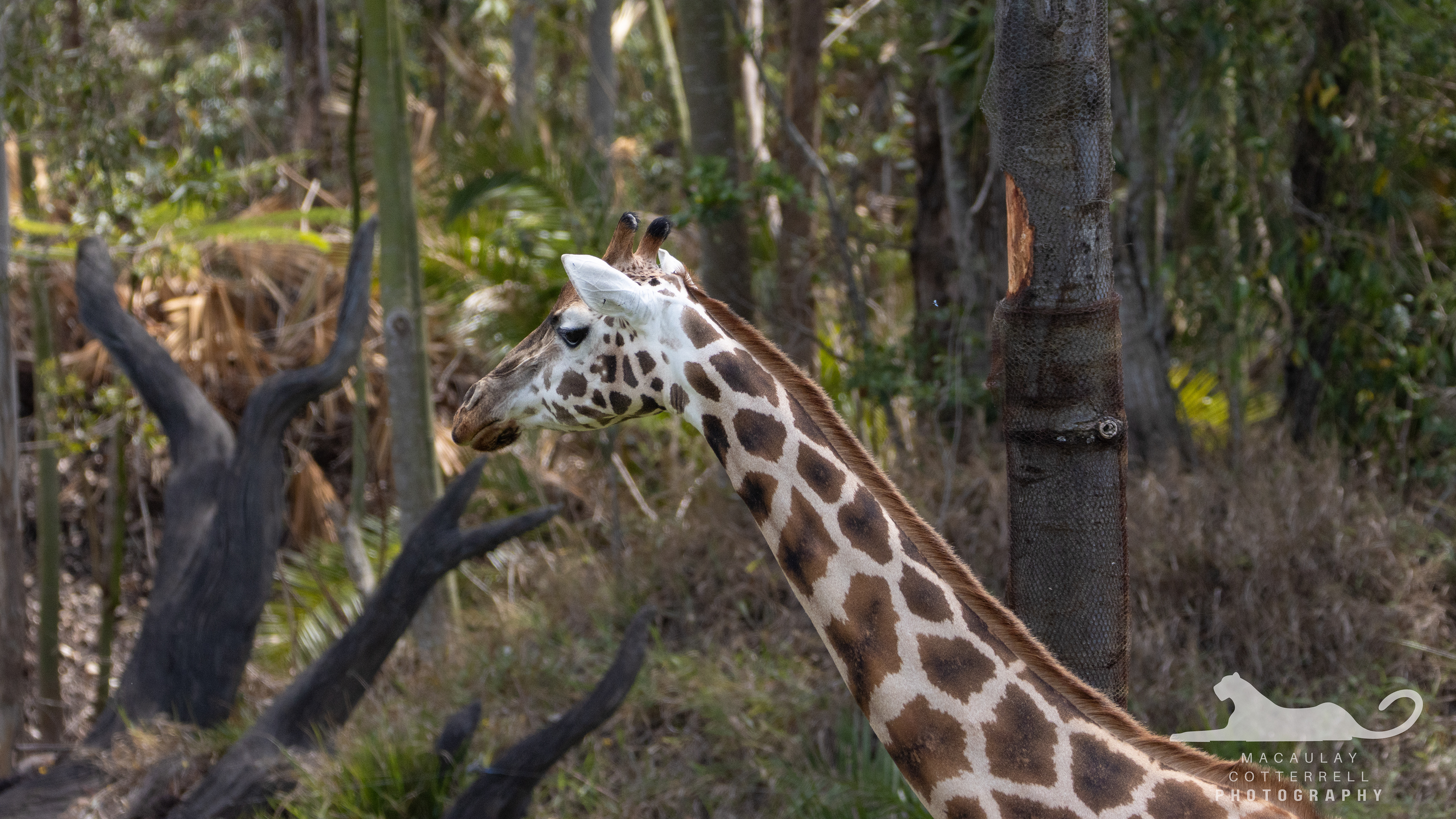
AZ2522
Tasmanian Devil | Sarcophilus harrisii
The Tasmanian Devil is the world's largest surviving carnivorous marsupial, and is found throughout Tasmania (Australia). They continue to be hunted and at threat to various invasive diseases, and are therefore classified as Endangered by the IUCN RedList.
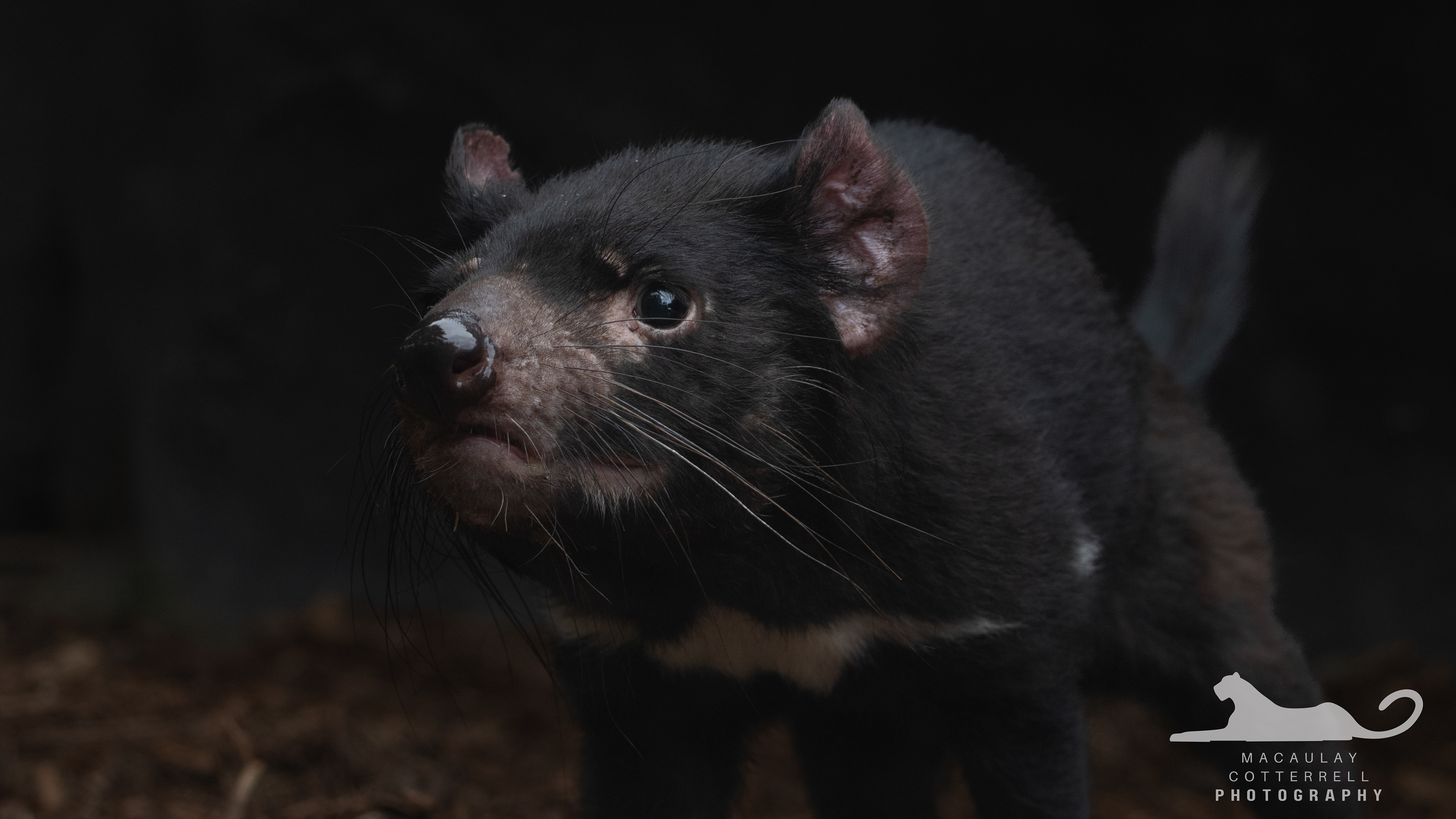
AZ2523
Sumatran Elephant | Elephas maximus ssp. sumatranus
Sumatran Elephants are classified by the IUCN RedList as Critically Endangered, with less than 2000 individuals remaining in the wild. Wild populations have declined by over 80% over the past 75 years, highlighting the huge impact that humans have on wildlife.
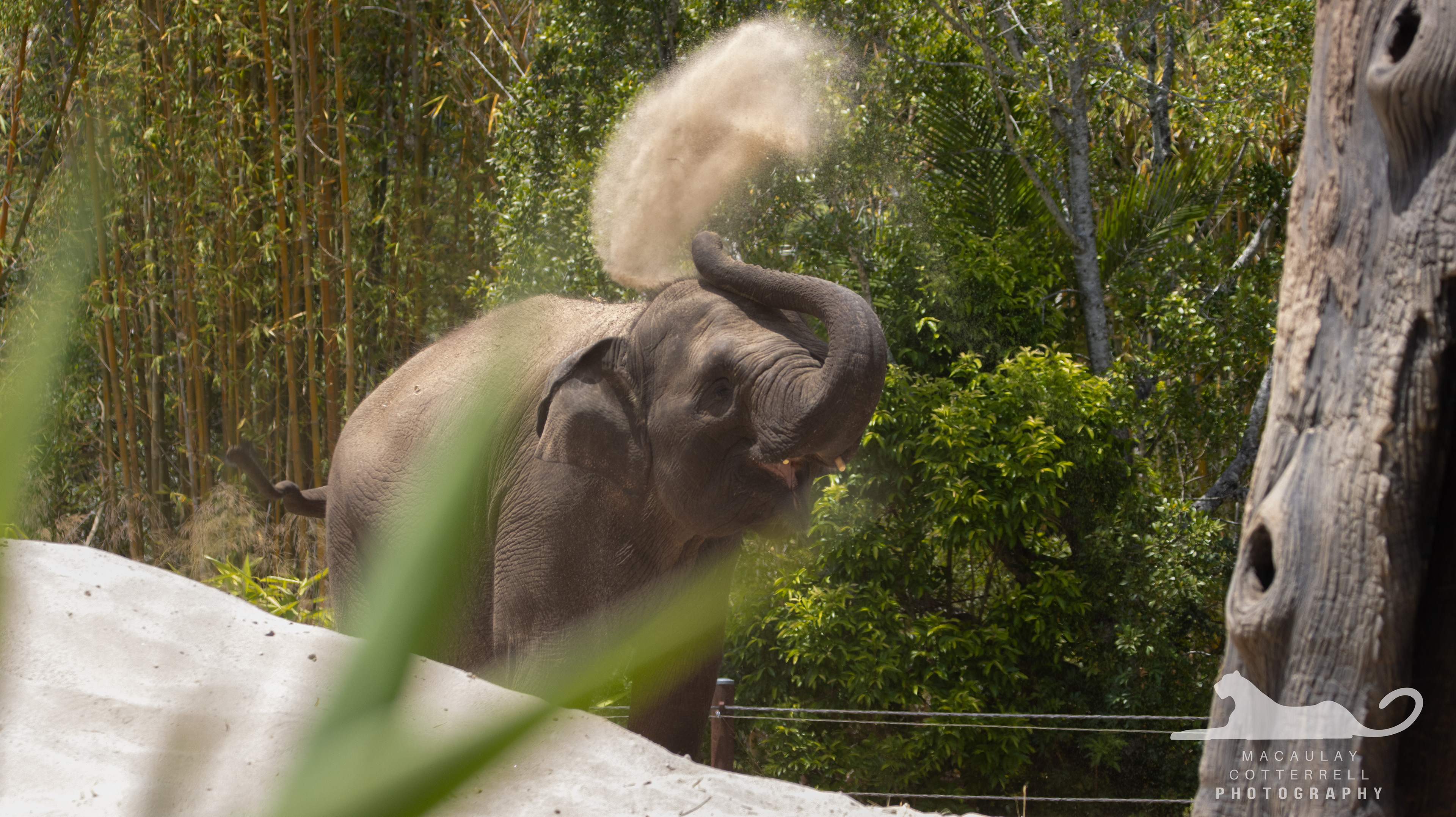
AZ2524
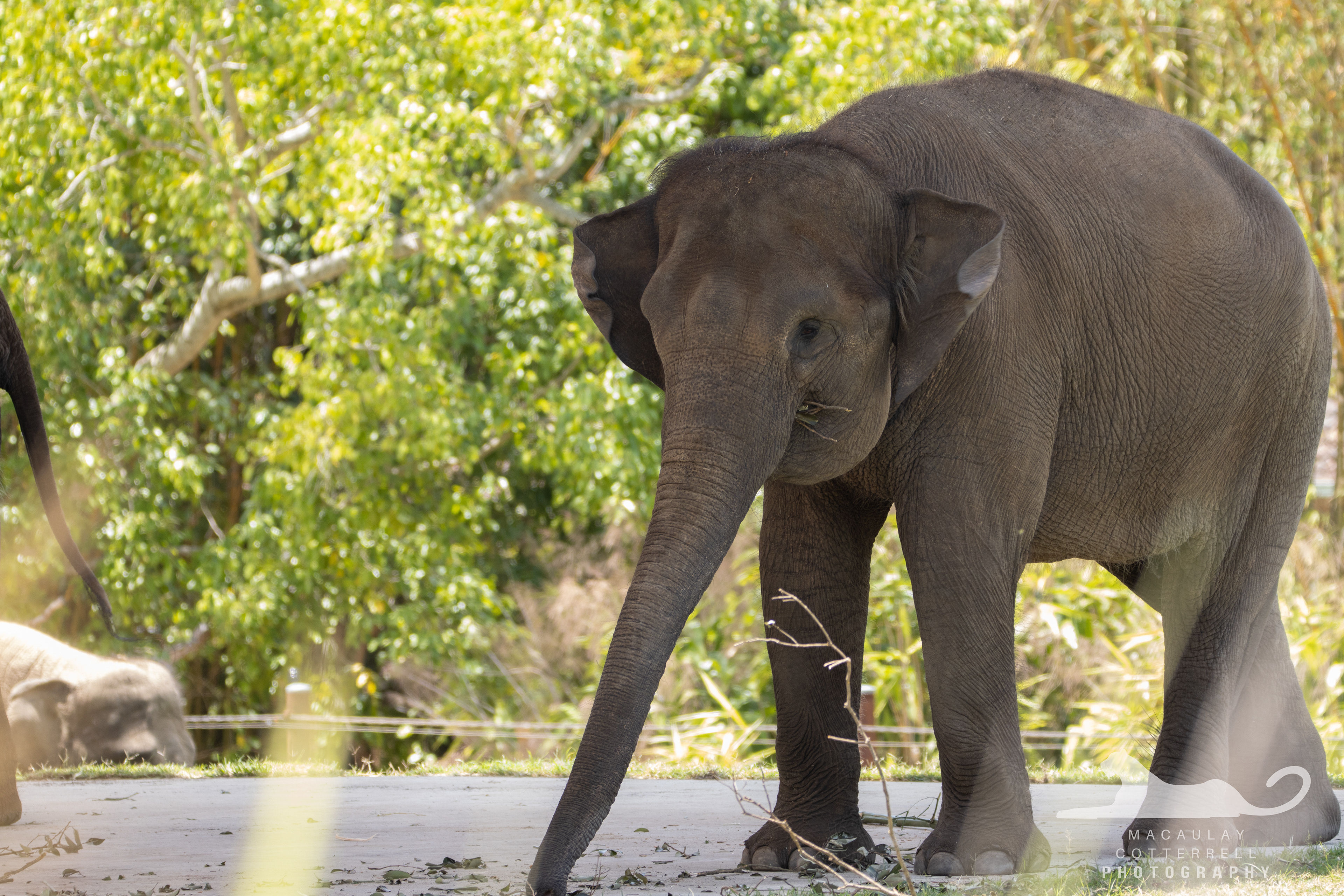
AZ2525
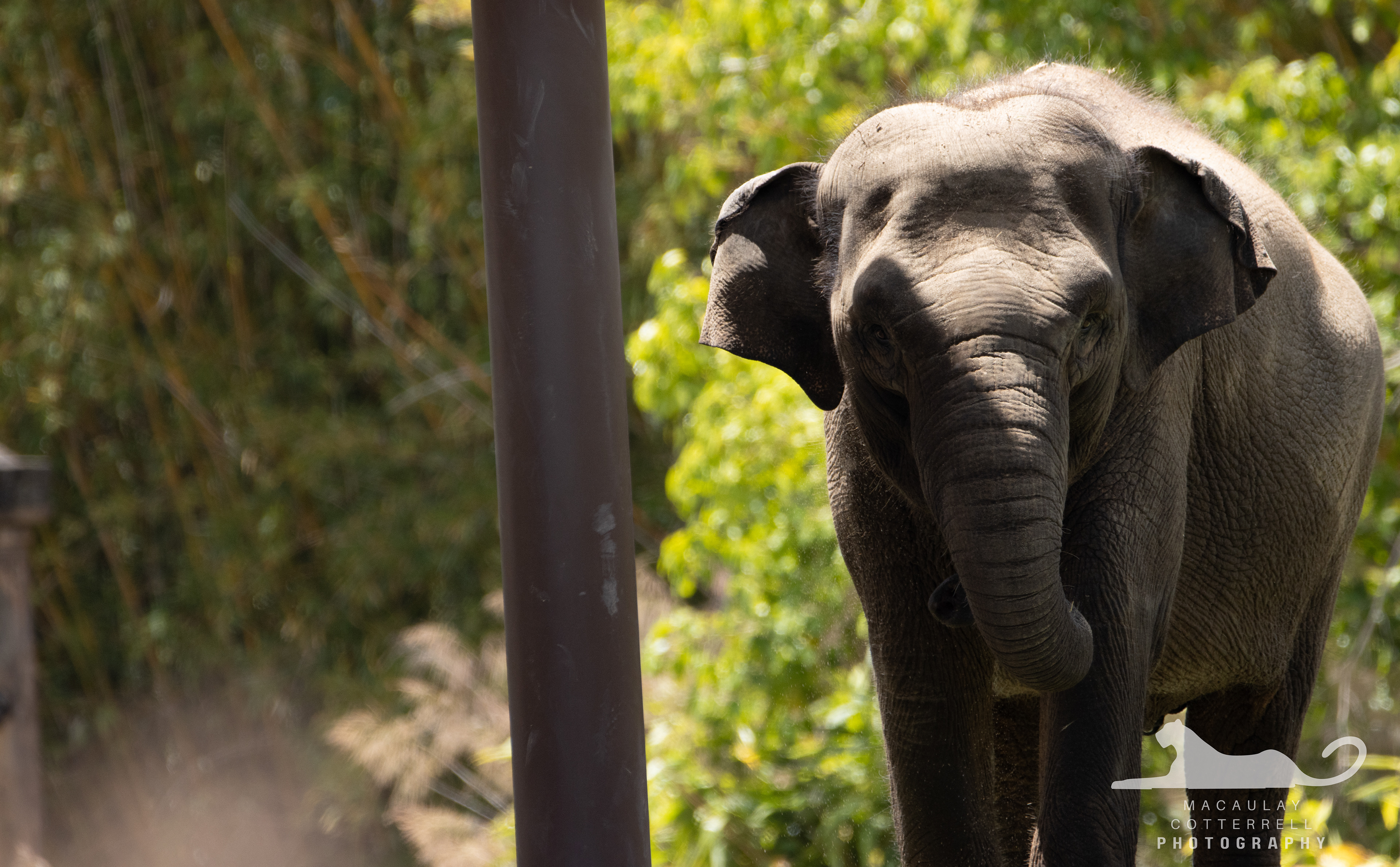
AZ2526
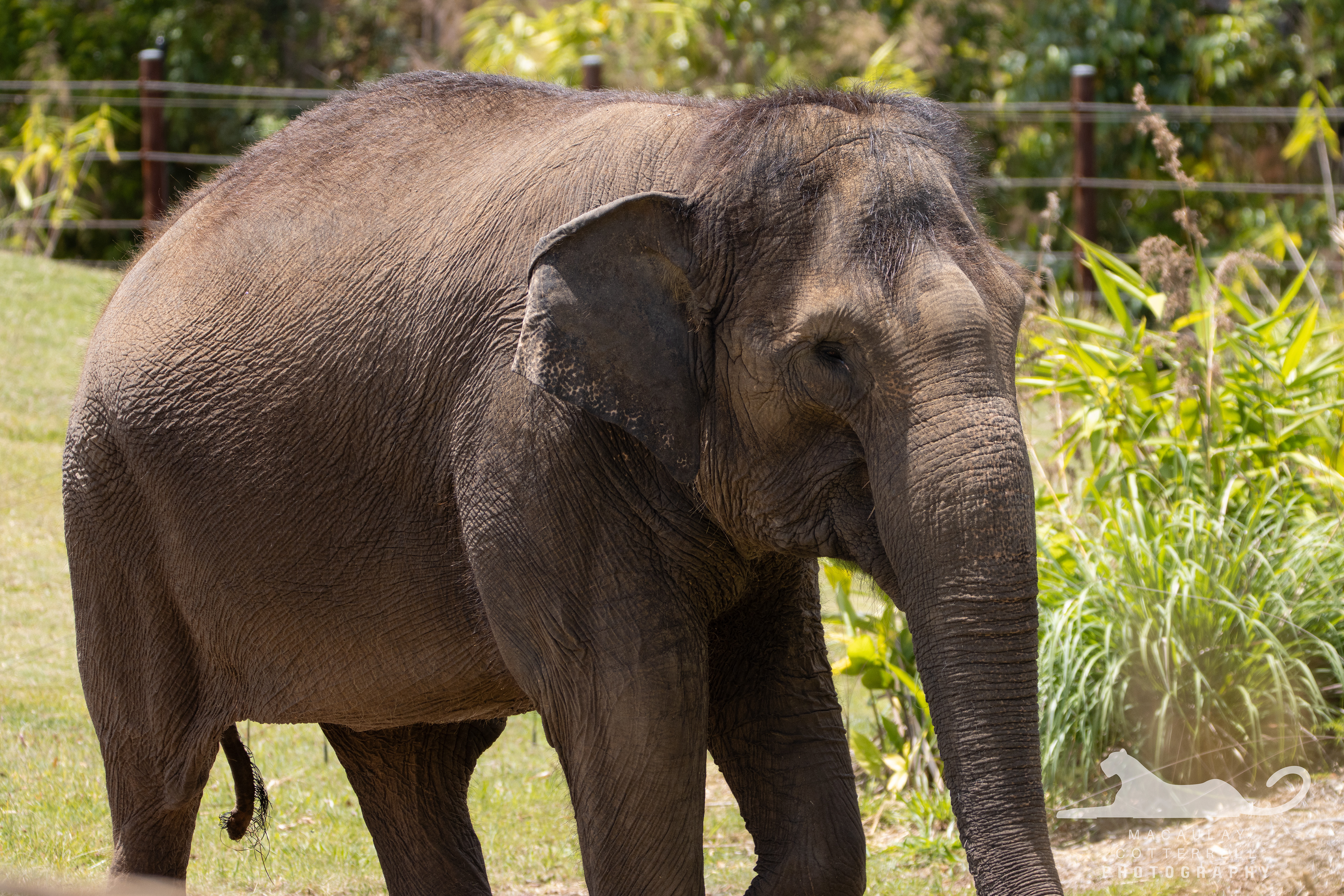
AZ2527
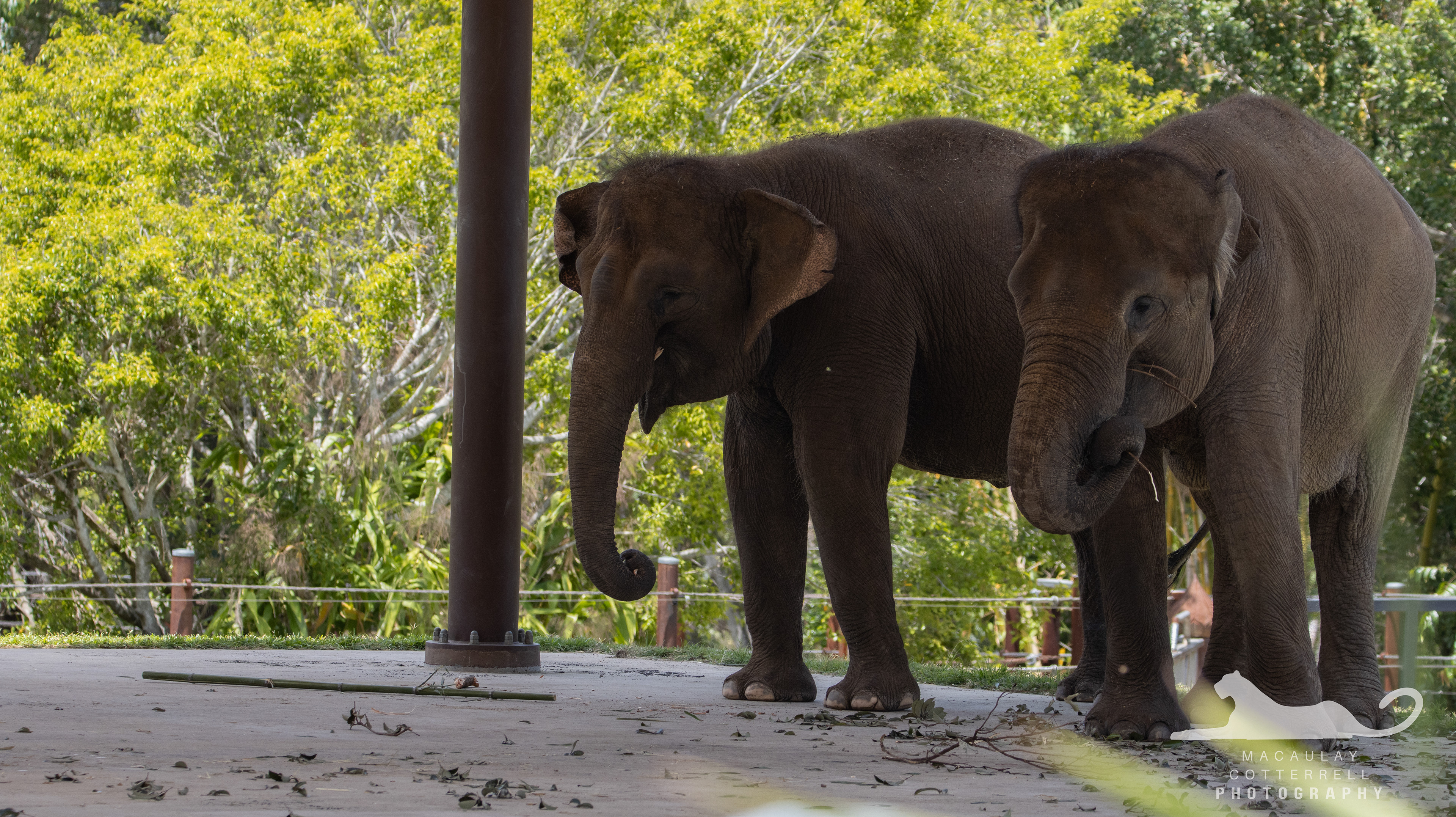
AZ2528
See photos taken outside of the Zoo grounds here.

